Uganda travel tips
Uganda travel tips: East African gem with diverse landscapes, including the stunning Lake Victoria, rich wildlife, vibrant cultures, and the mighty Nile River.
Districts 🌎
Uganda travel tips. Here is a list of all the districts of the Uganda.
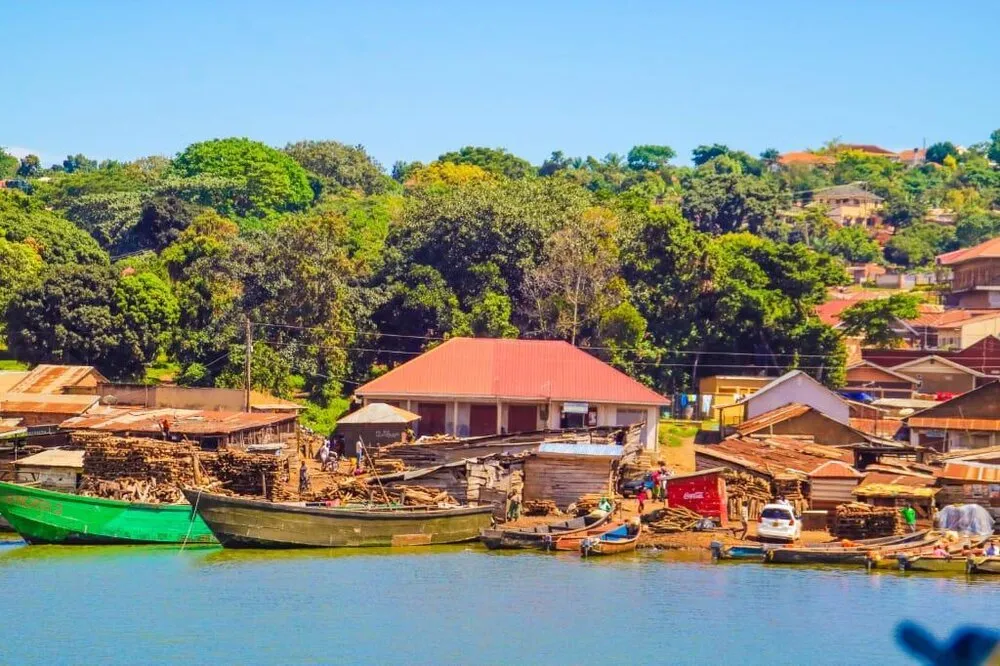
Kalangala

Kampala
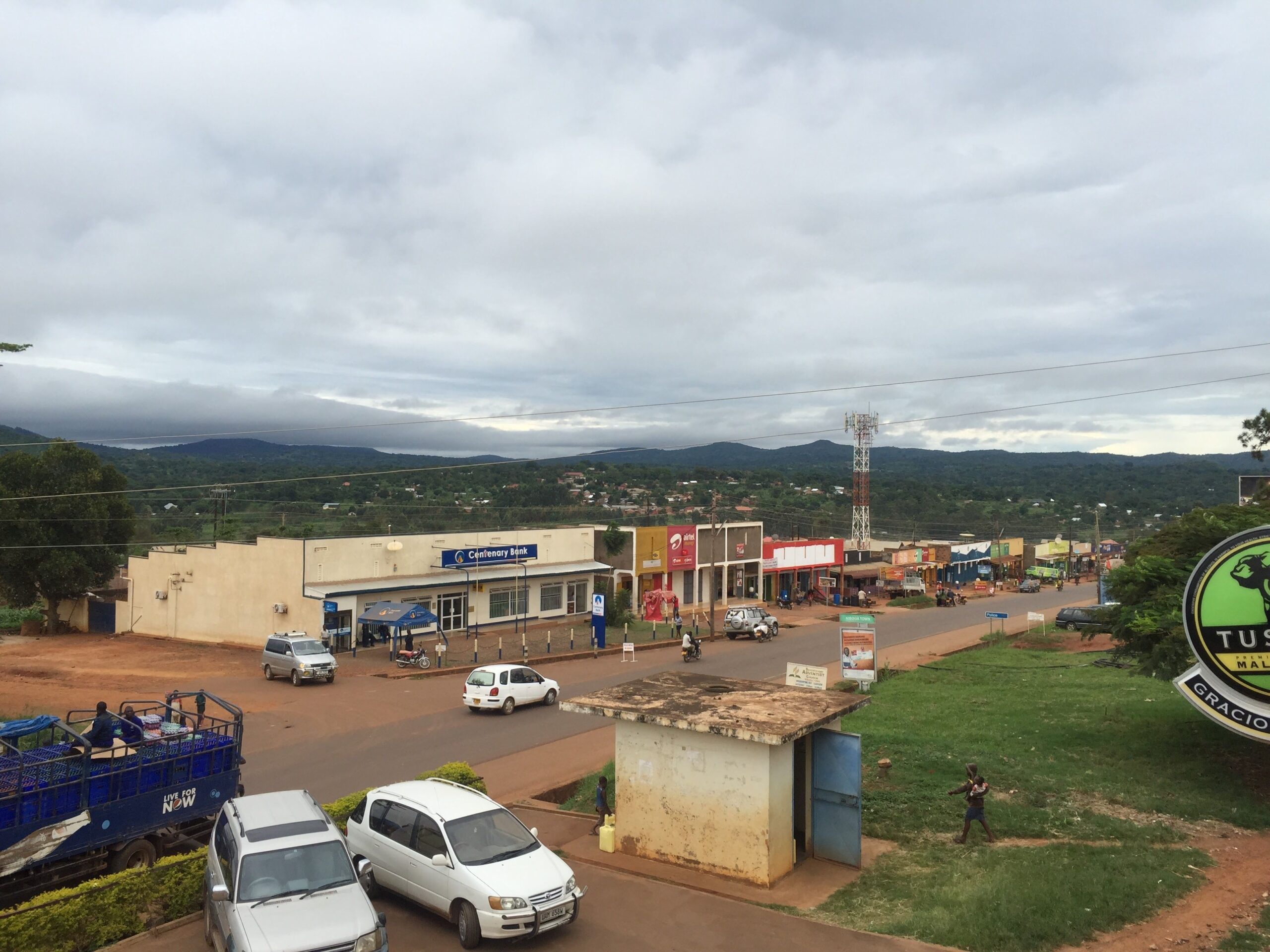
Kiboga
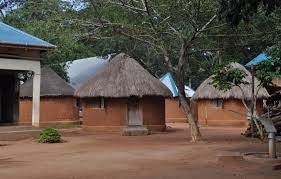
Luwero
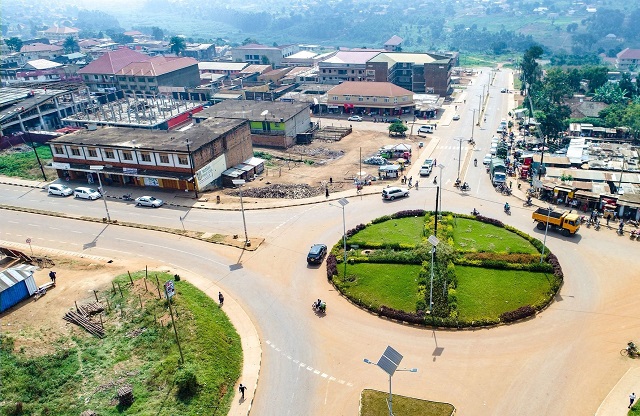
Masaka

Mpigi

Mubende
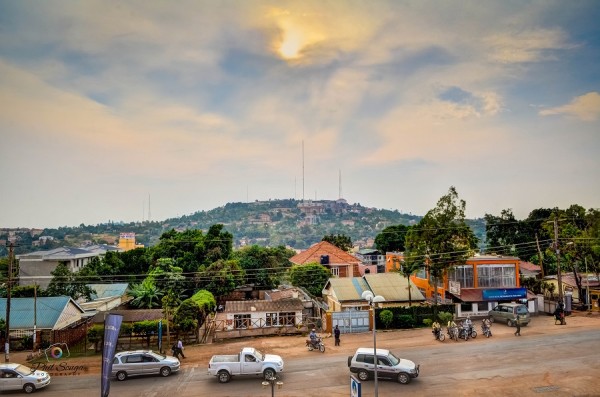
Mukono
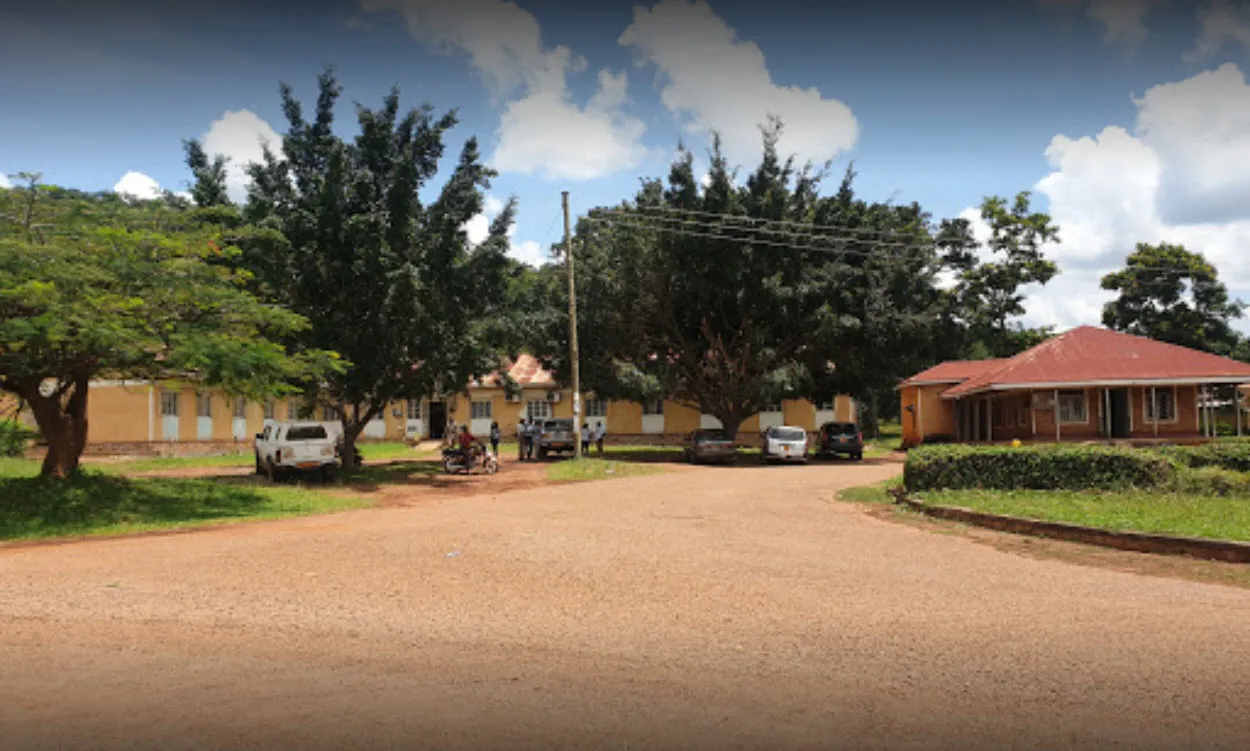
Nakasongola
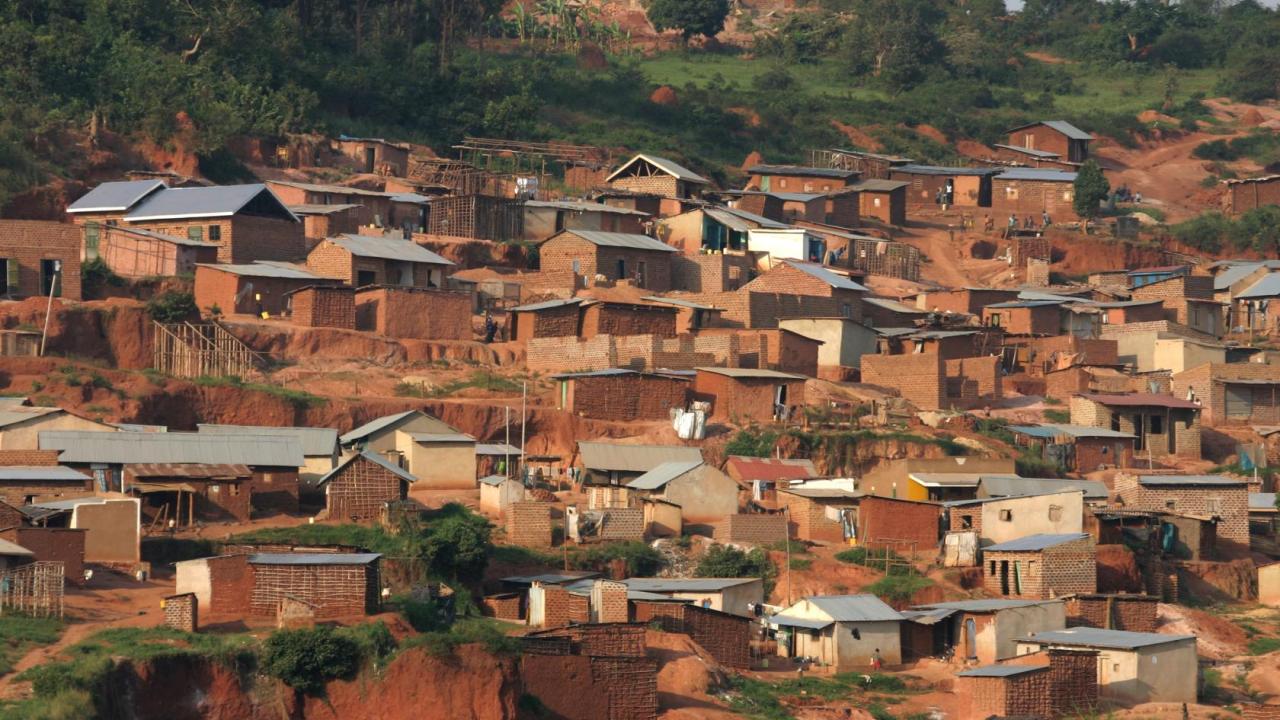
Rakai

Sembabule
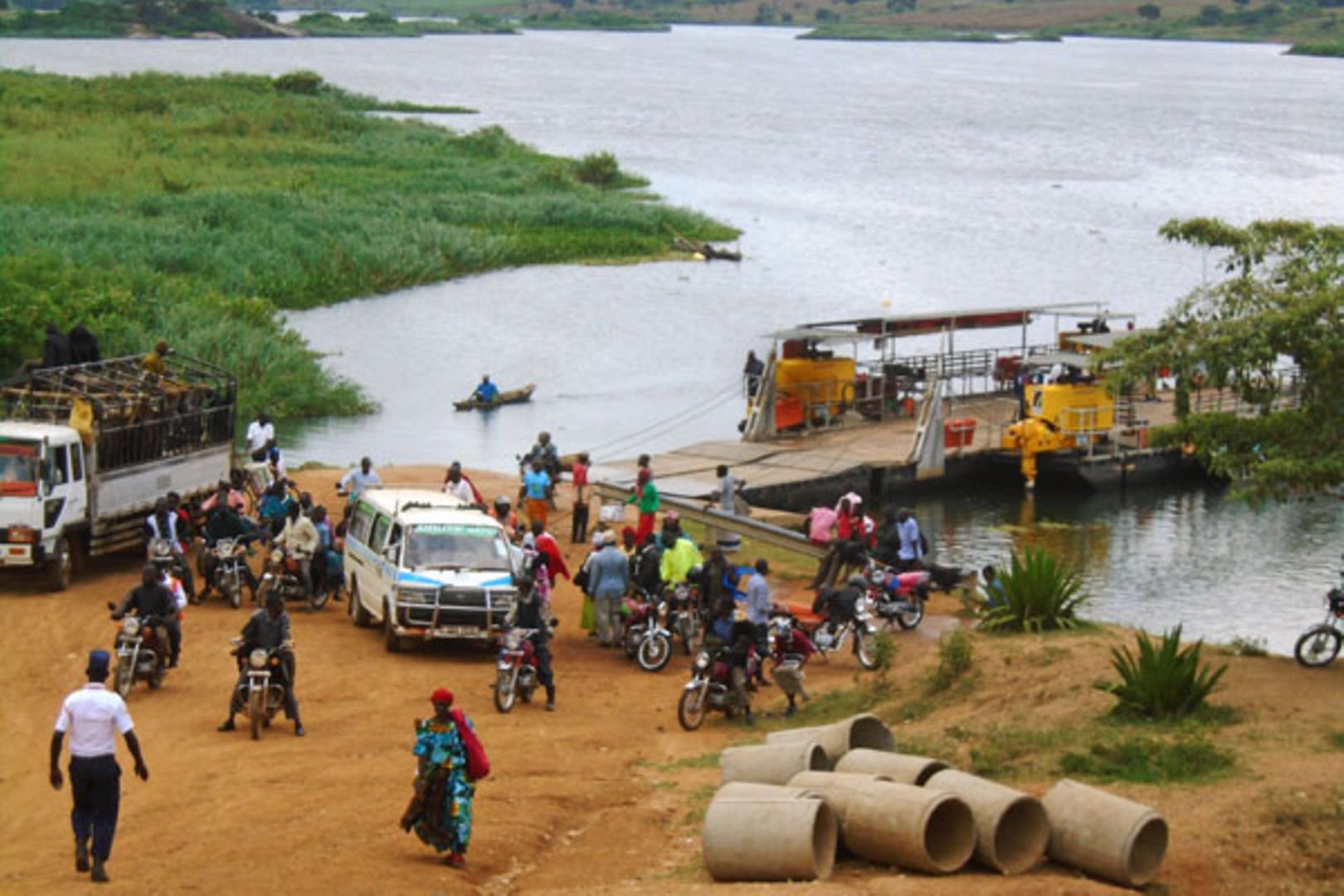
Kayunga
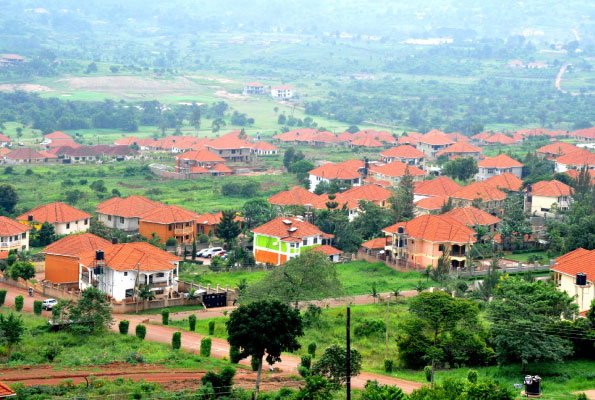
Wakiso
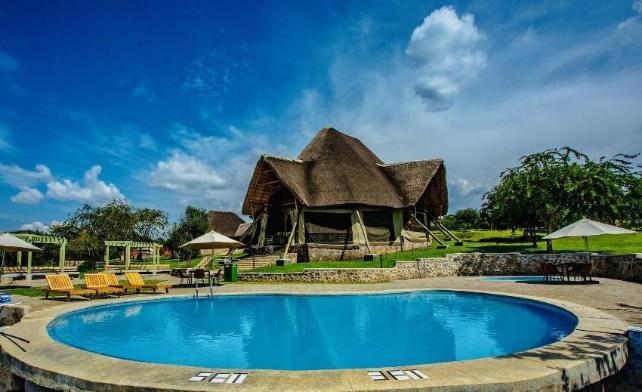
Lyantonde

Mityana
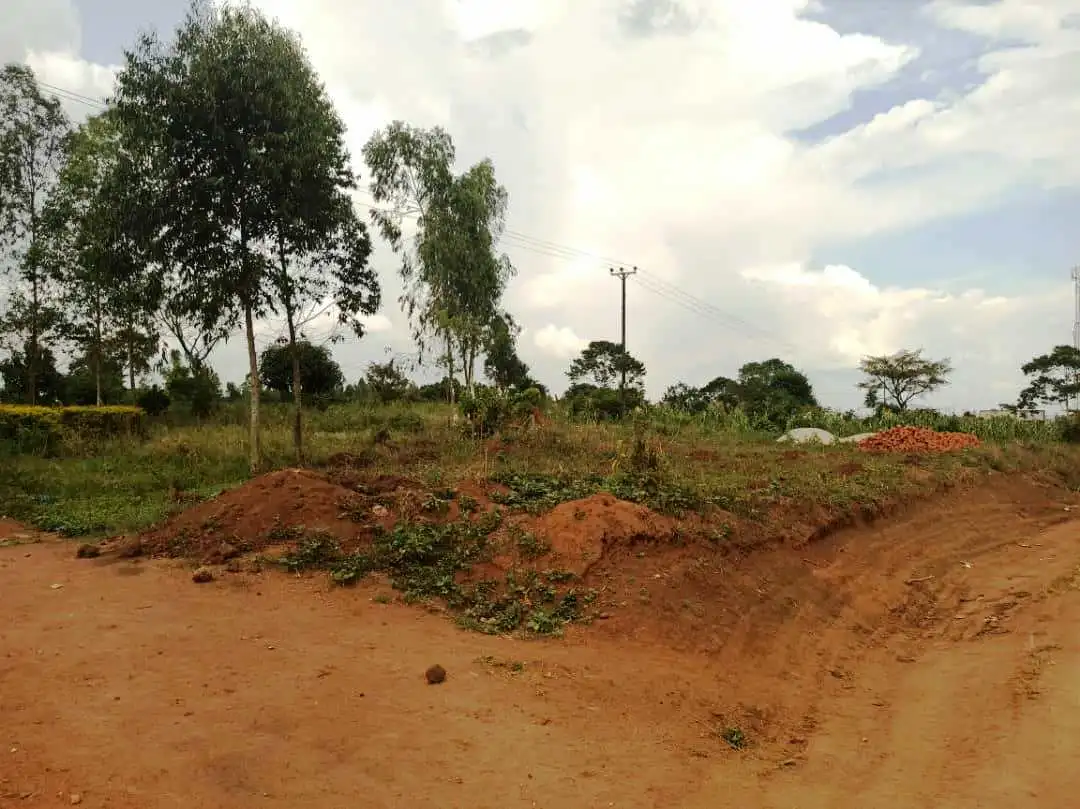
Nakaseke
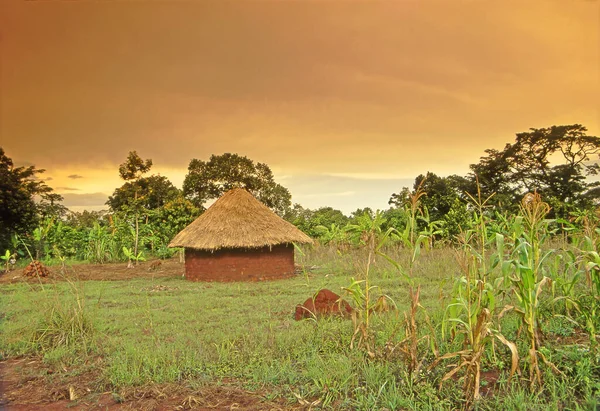
Buikwe
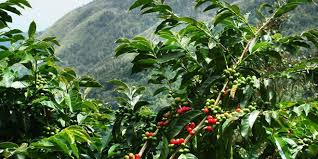
Bukomansimbi

Butambala

Buvuma
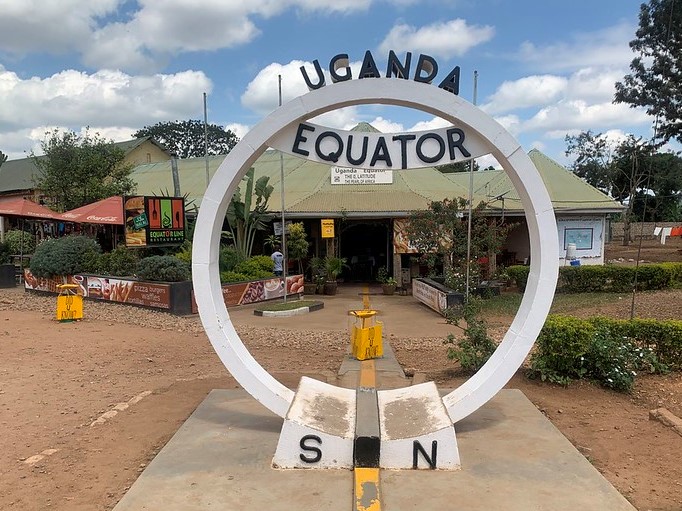
Gomba

Kalungu
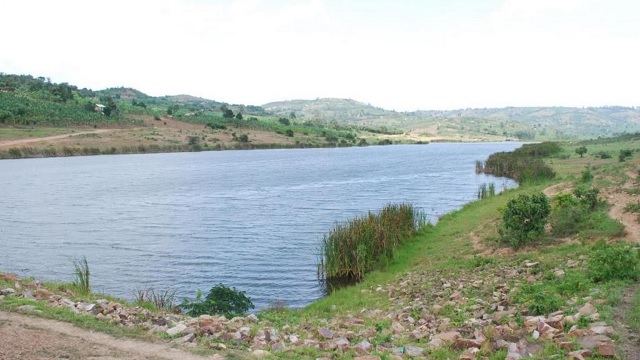
Kyankwanzi
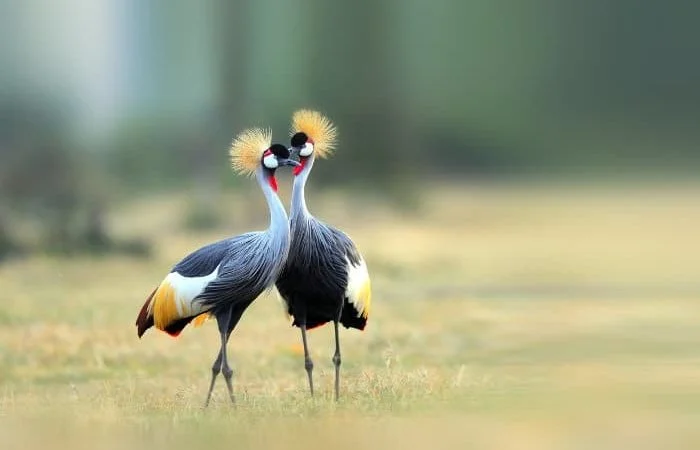
Lwengo
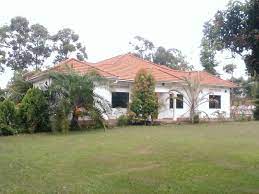
Kyotera

Kassanda
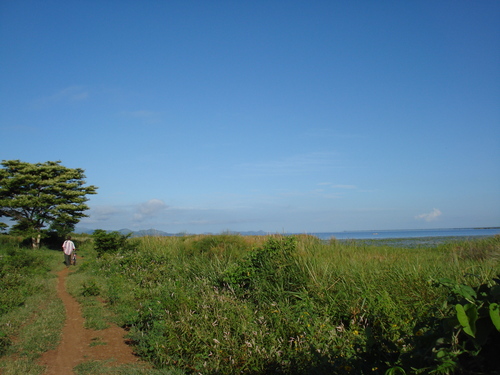
Bugiri
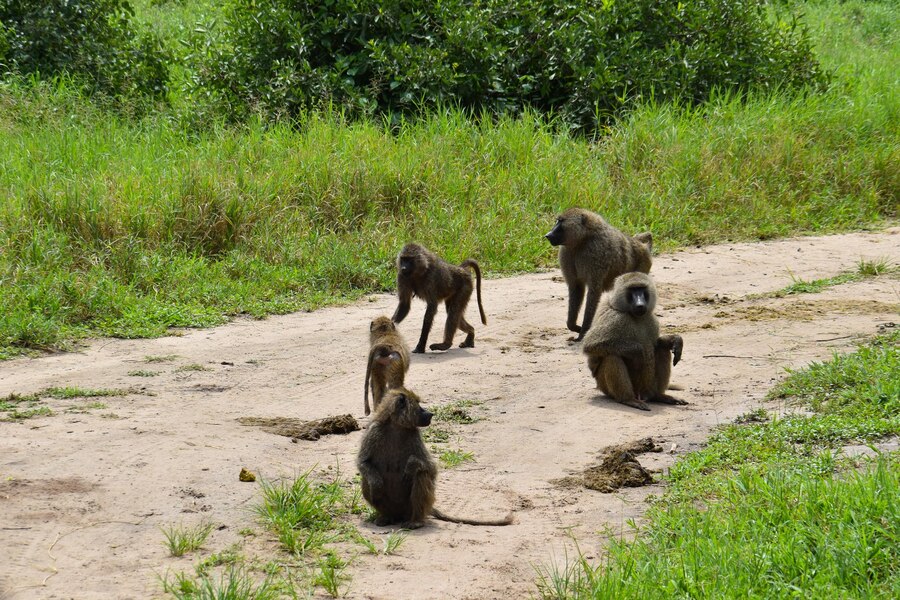
Busia
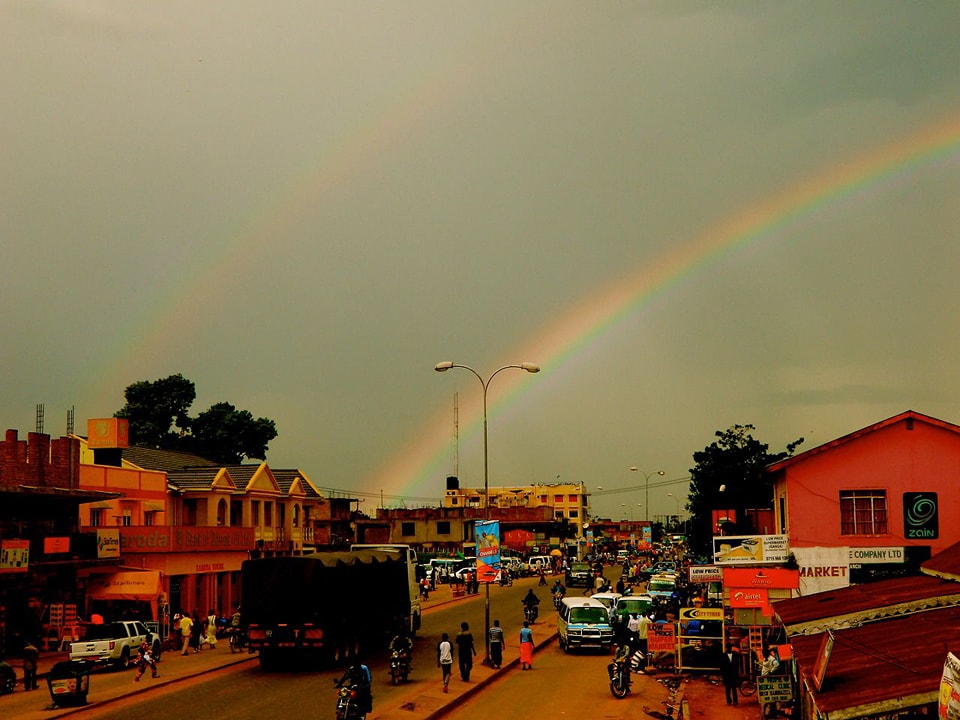
Iganga

Jinja
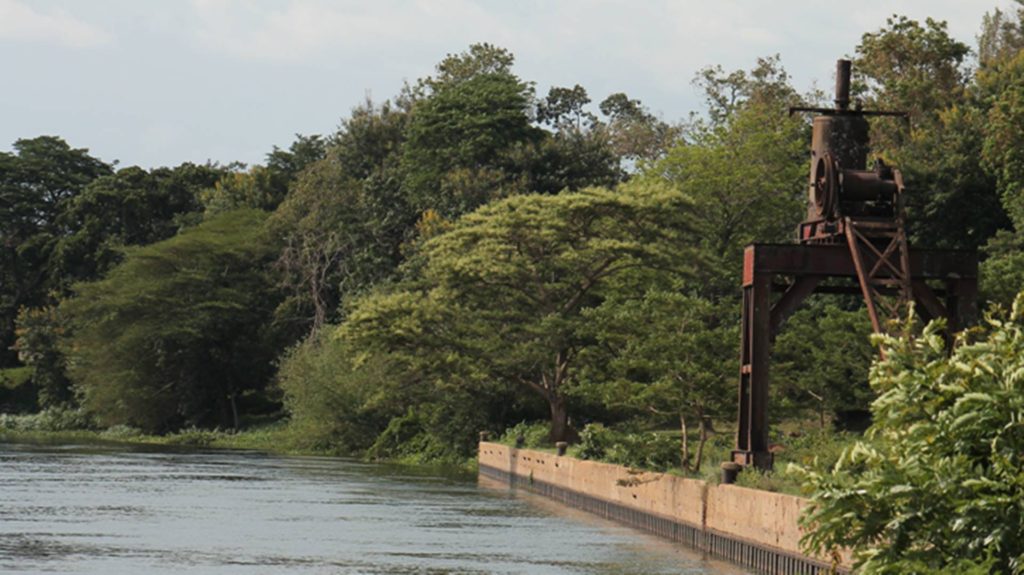
Kamuli
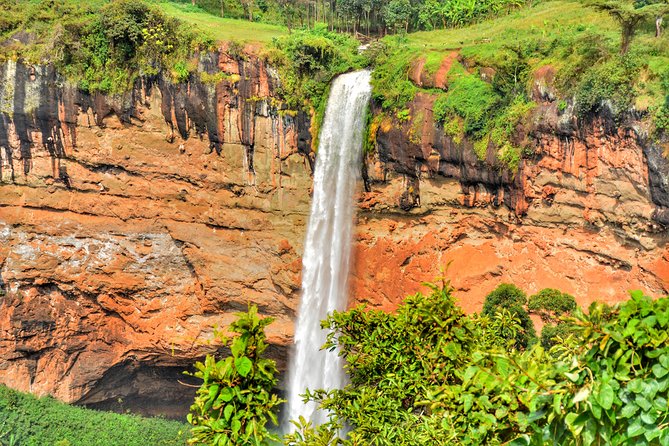
Kapchorwa

Katakwi
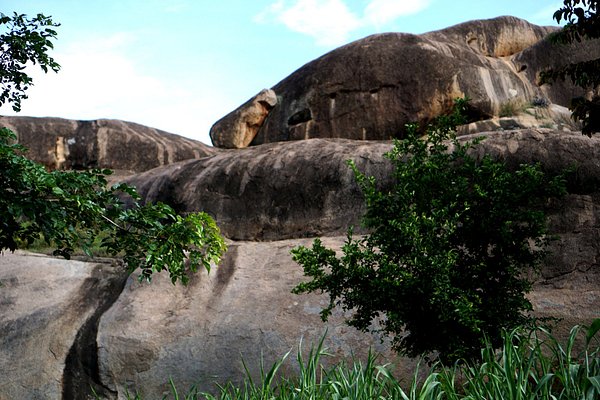
Kumi

Mbale

Pallisa
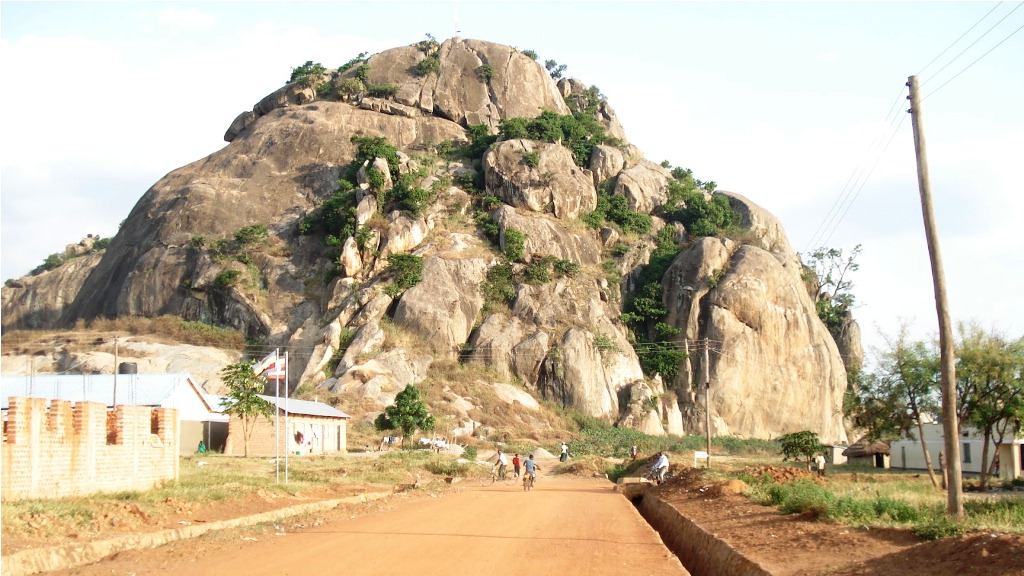
Soroti

Tororo
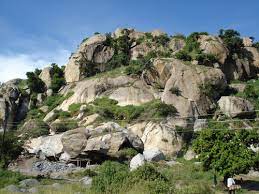
Kaberamaido
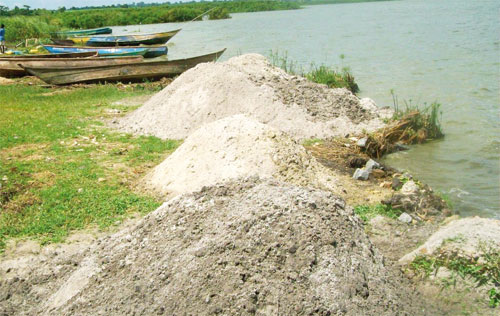
Mayuge
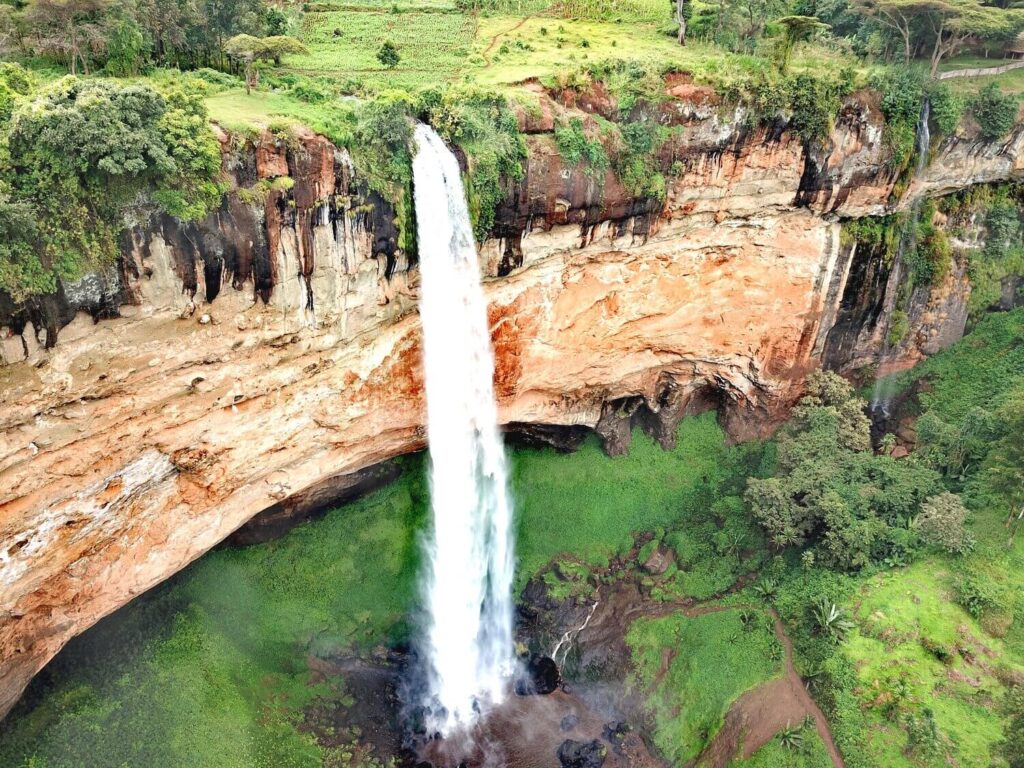
Sironko
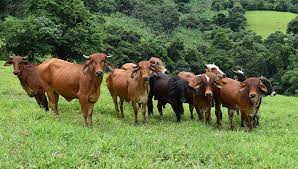
Amuria

Budaka
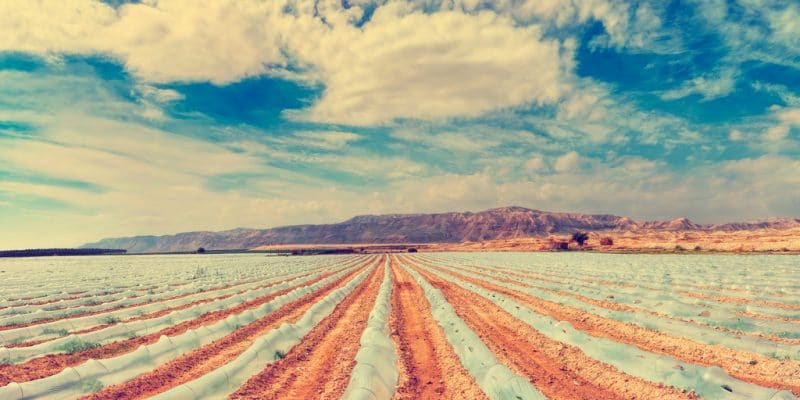
Bukedea

Bukwo

Butaleja
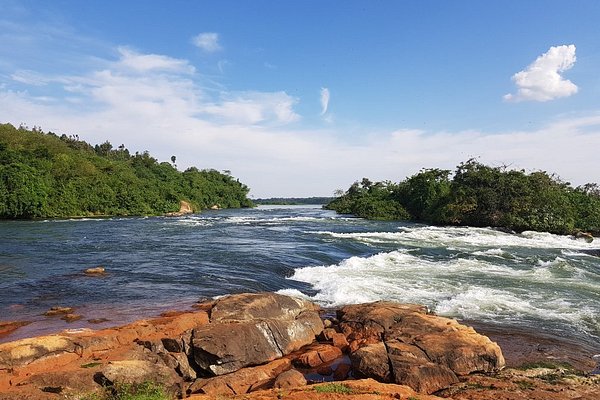
Kaliro

Manafwa
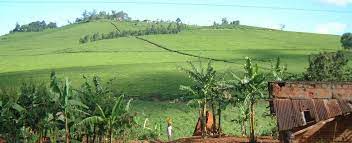
Namutumba
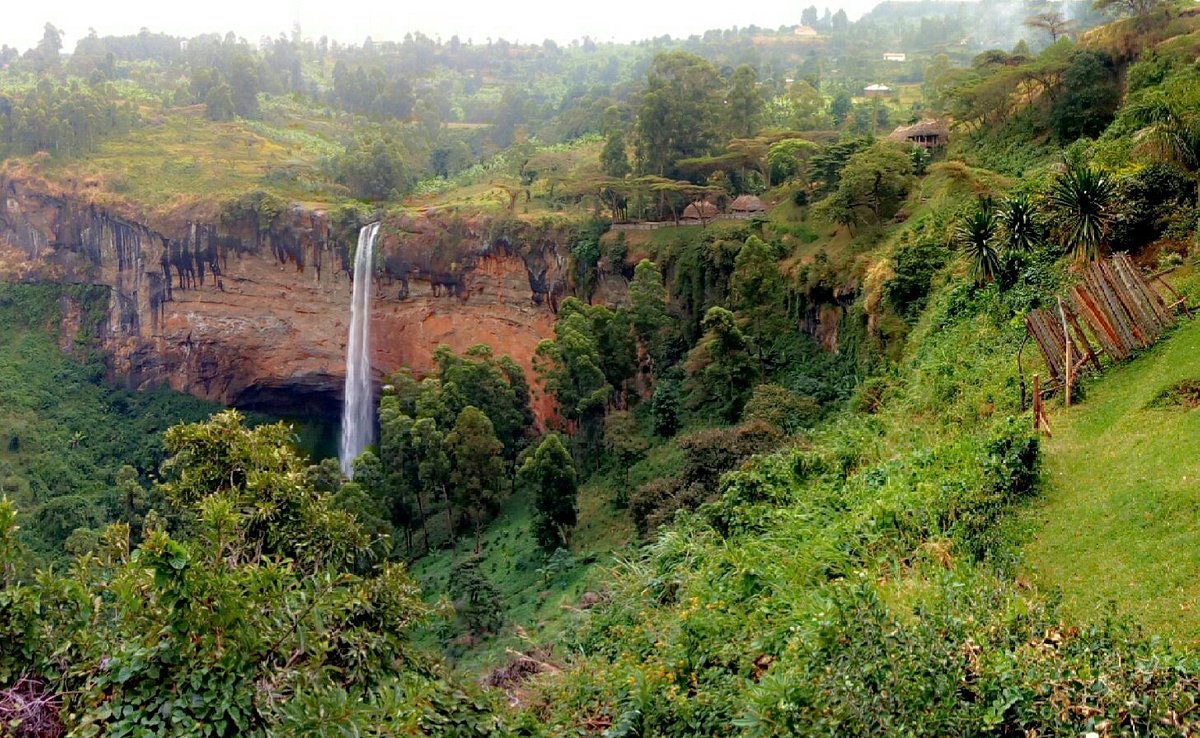
Bulambuli
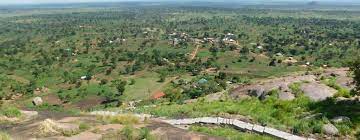
Buyende
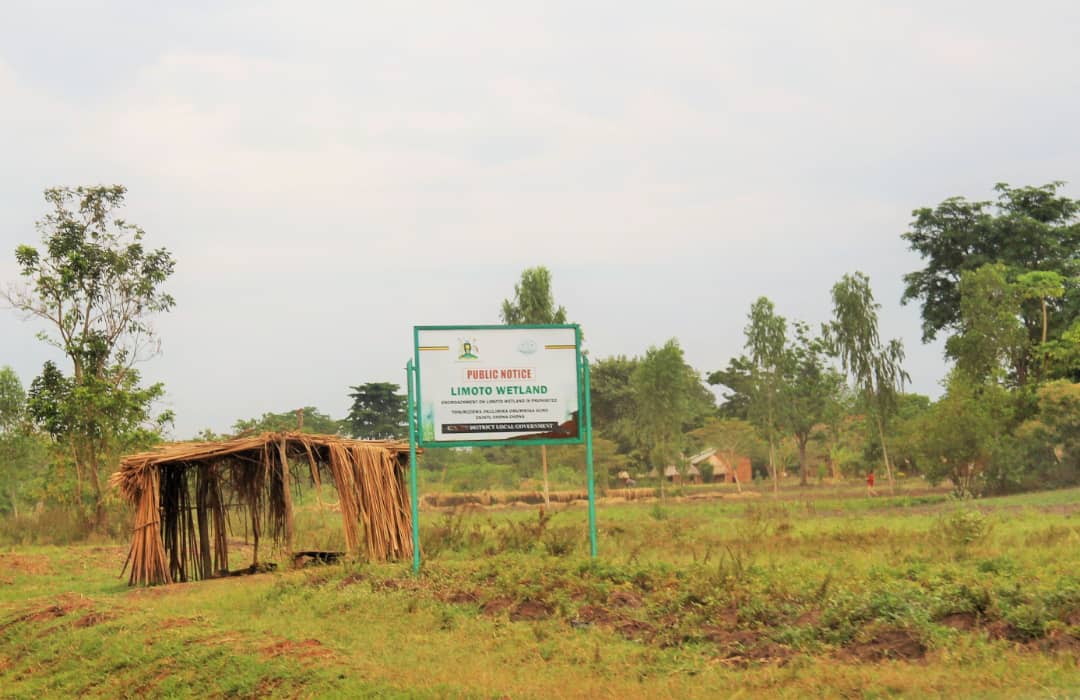
Kibuku

Kween
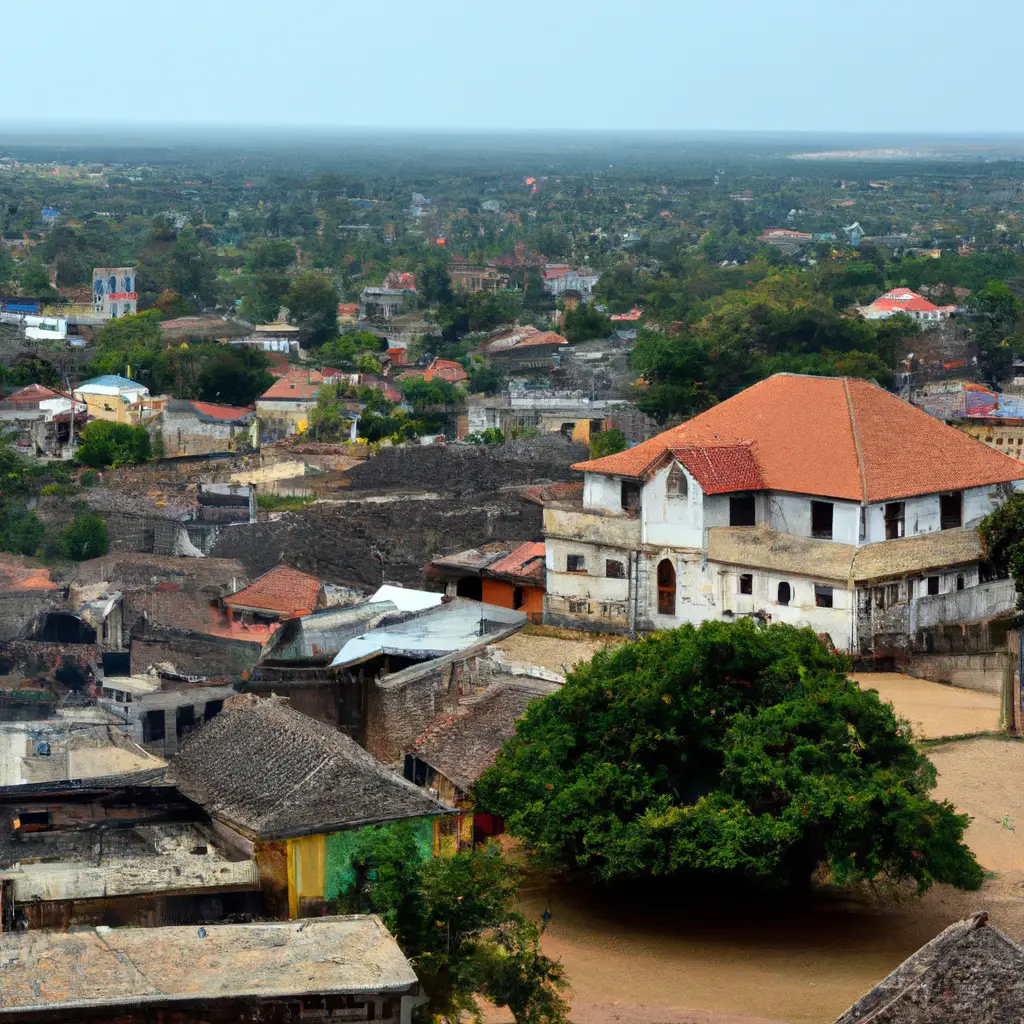
Luuka

Namayingo
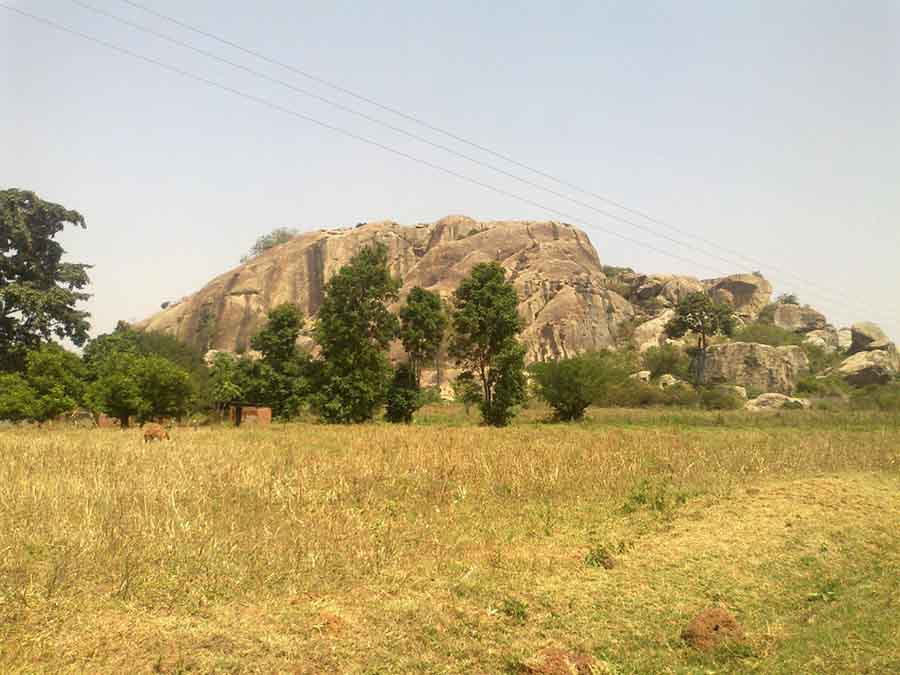
Ngora
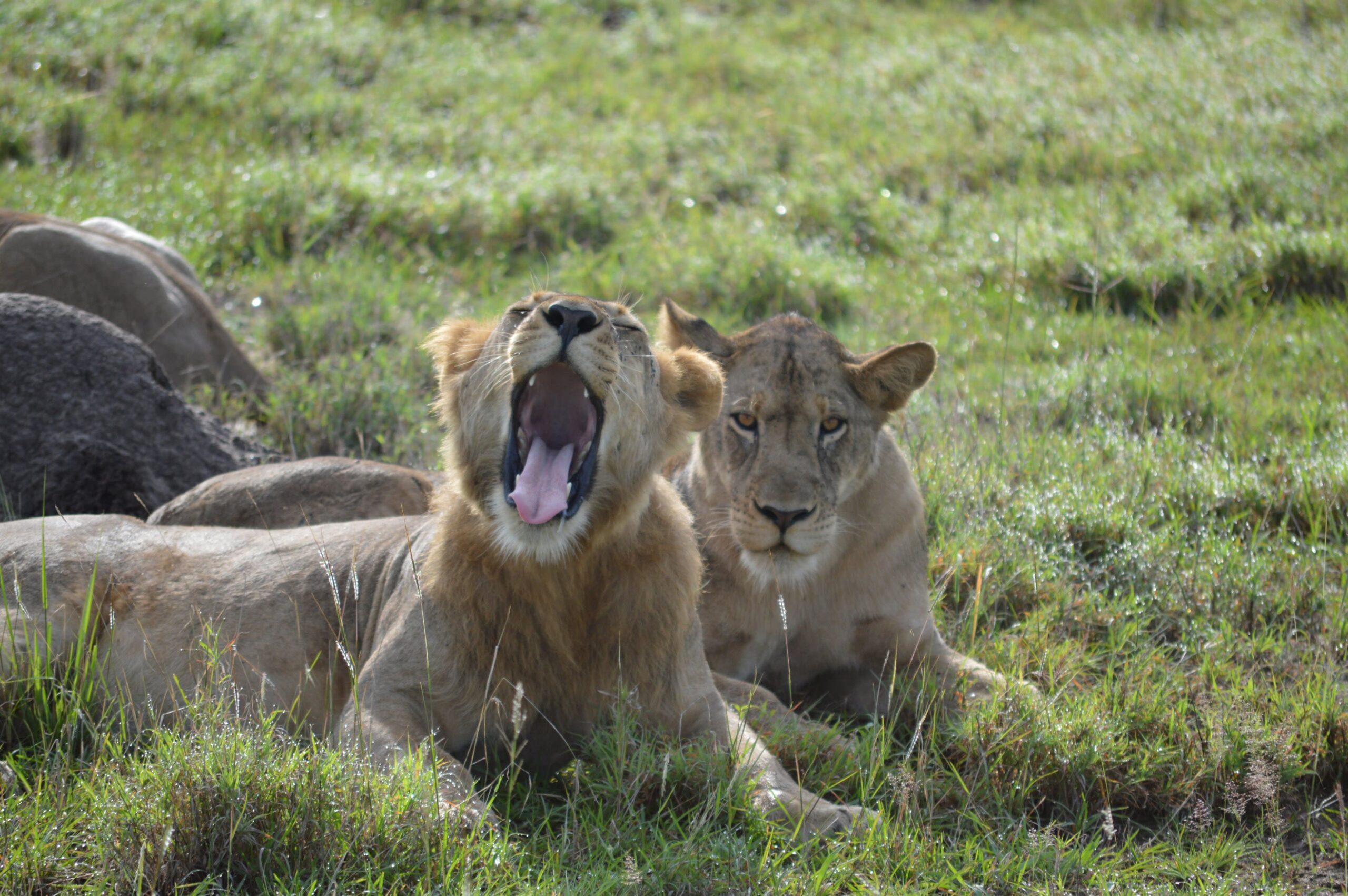
Serere
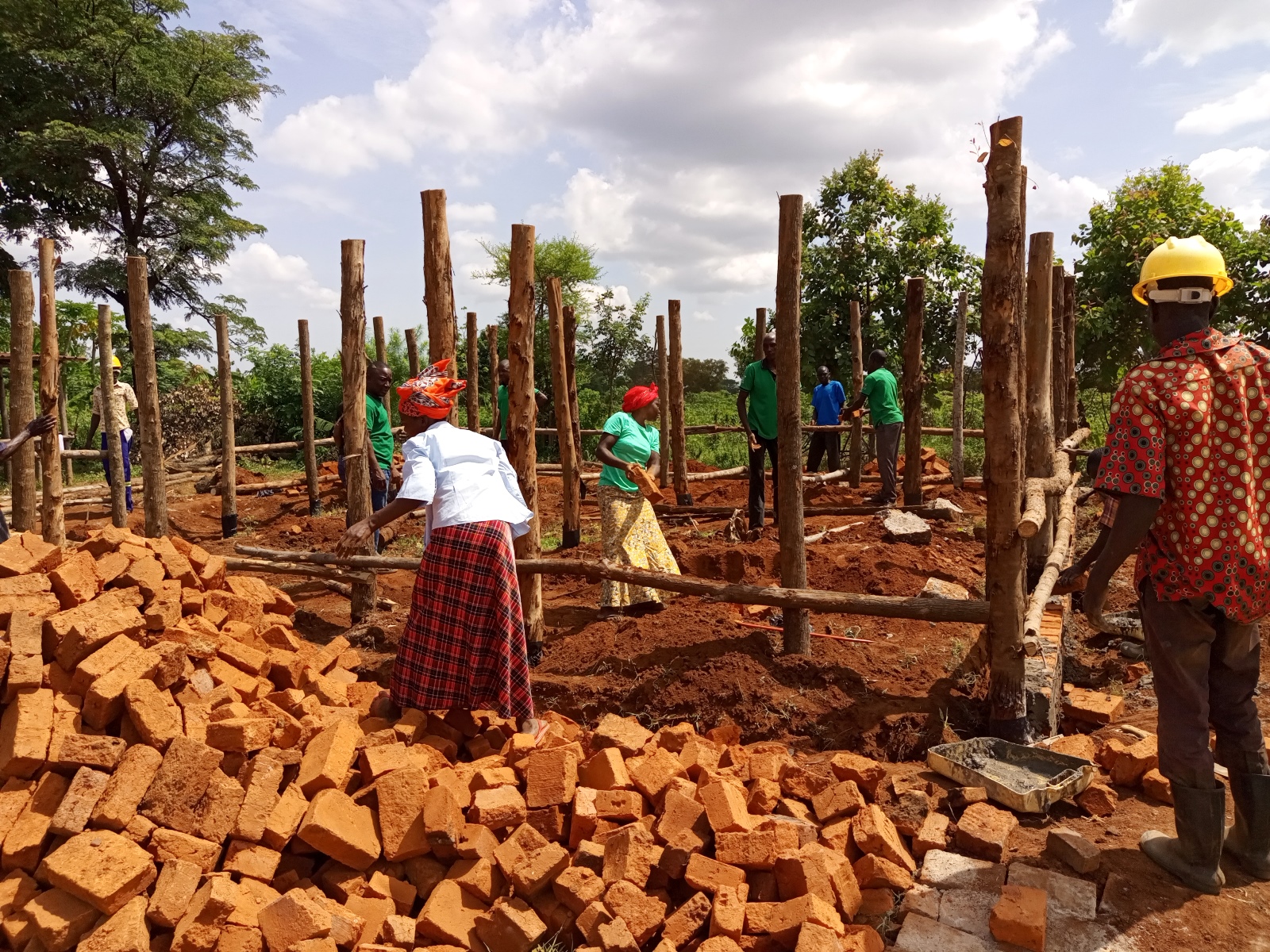
Butebo
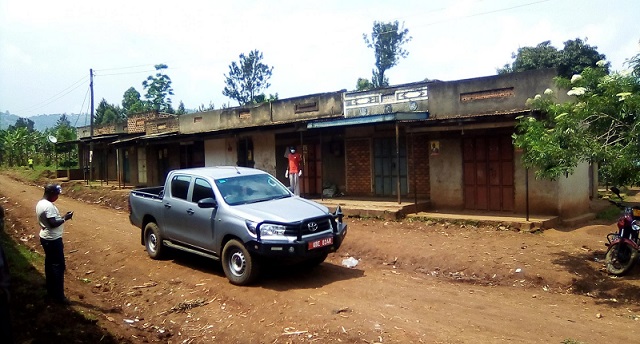
Namisindwa

Bugweri

Kapelebyong
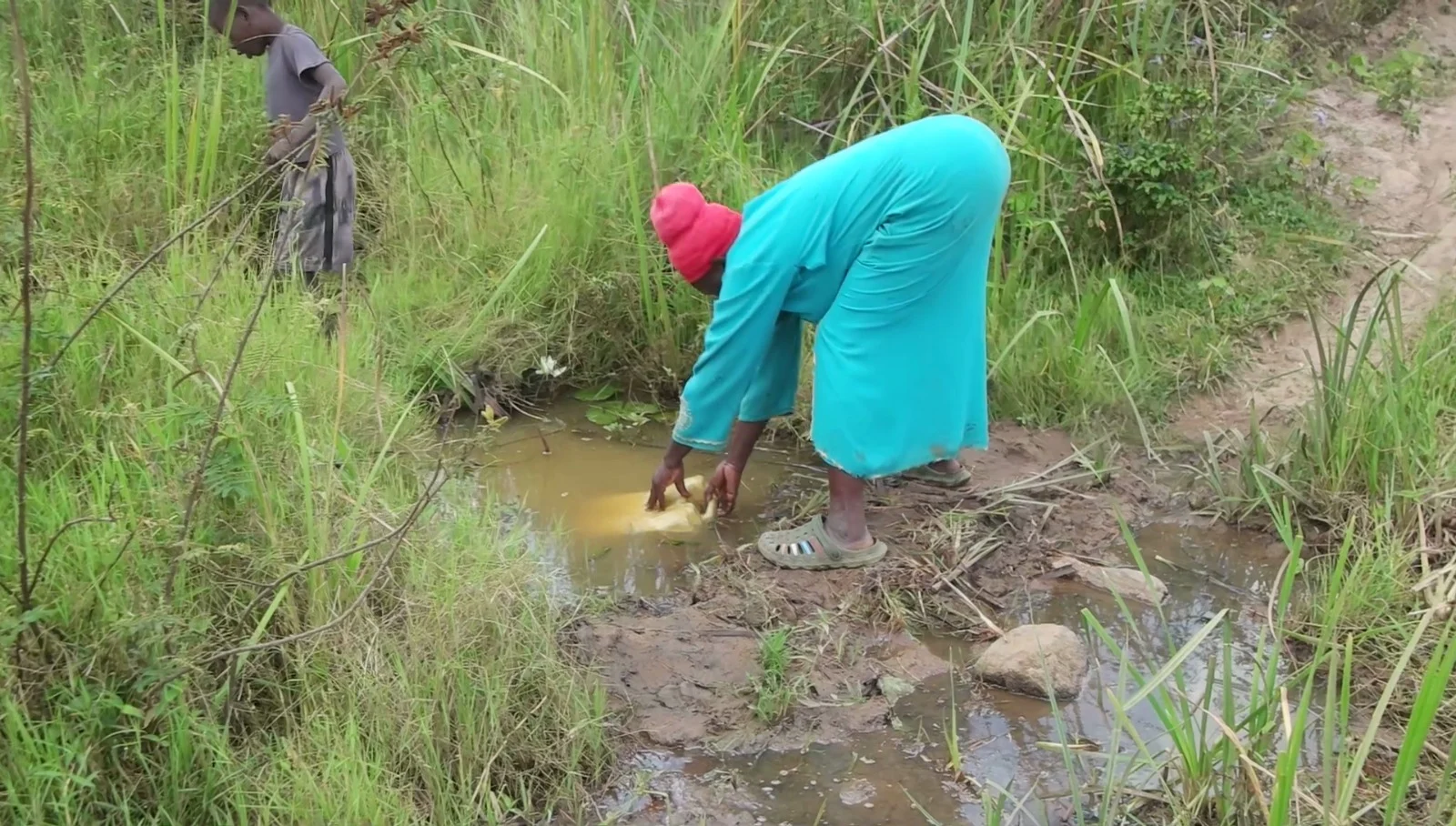
Kalaki
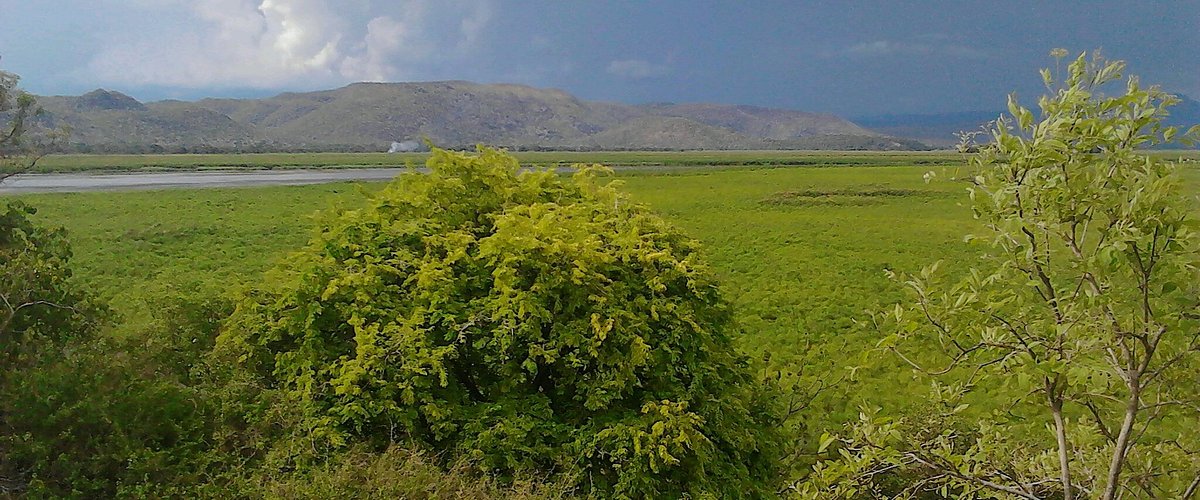
Adjumani
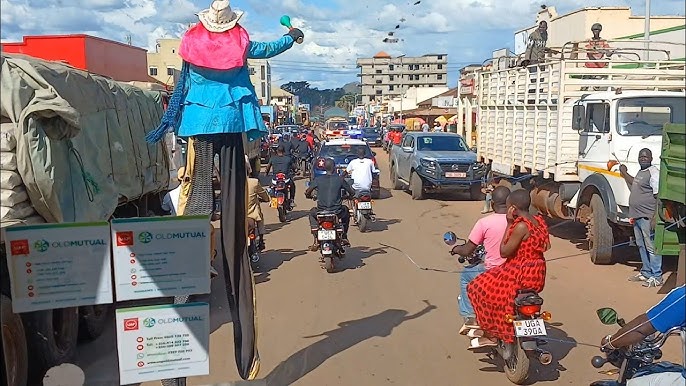
Apac

Arua
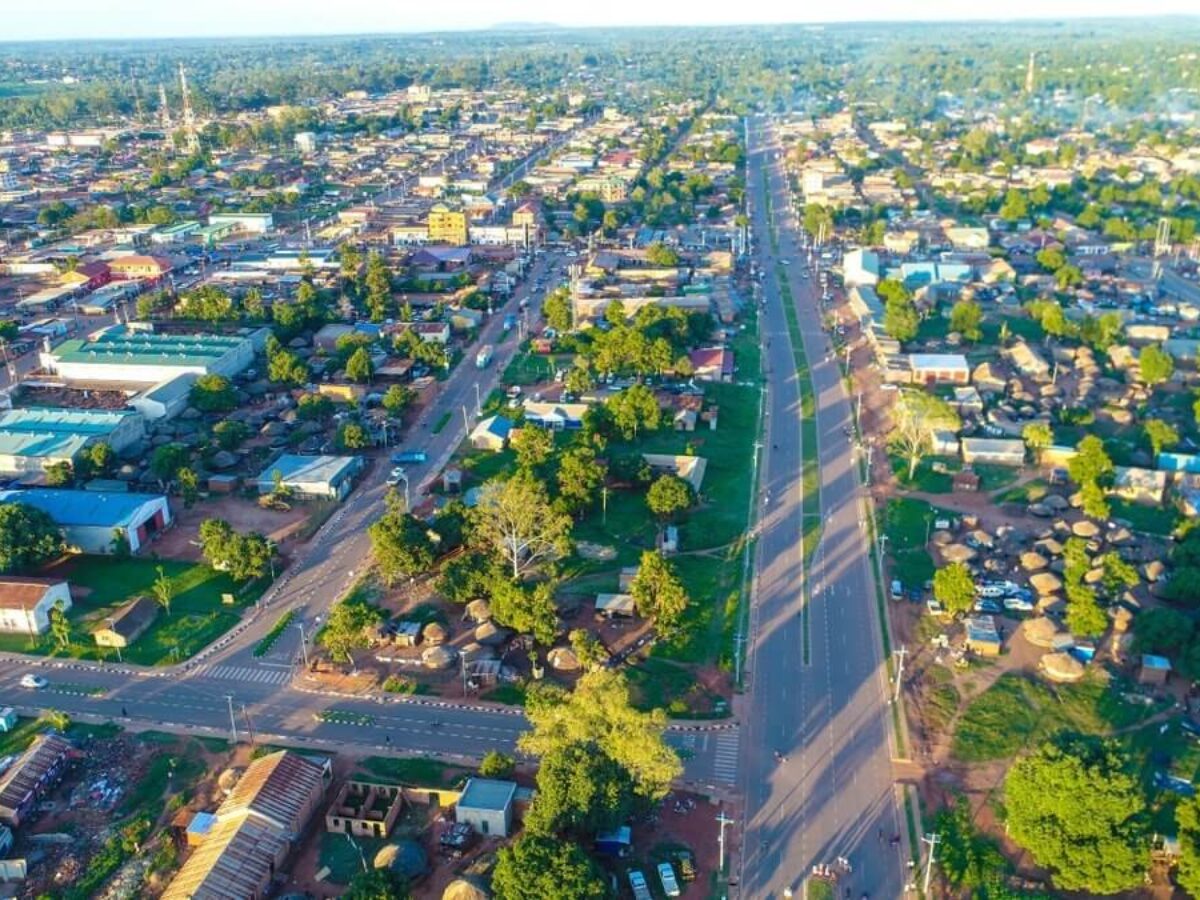
Gulu
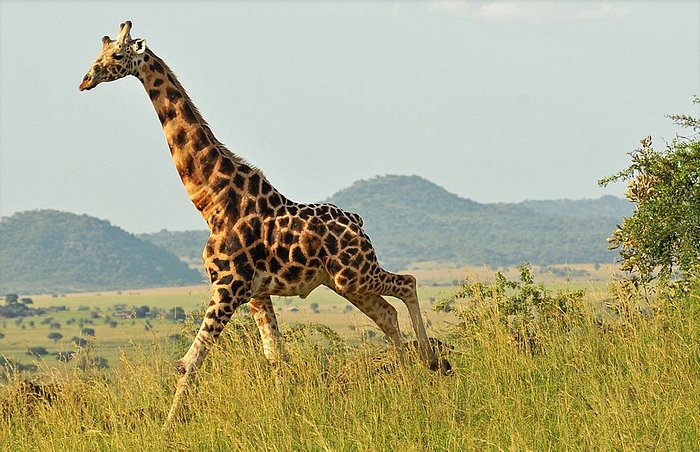
Kitgum

Kotido
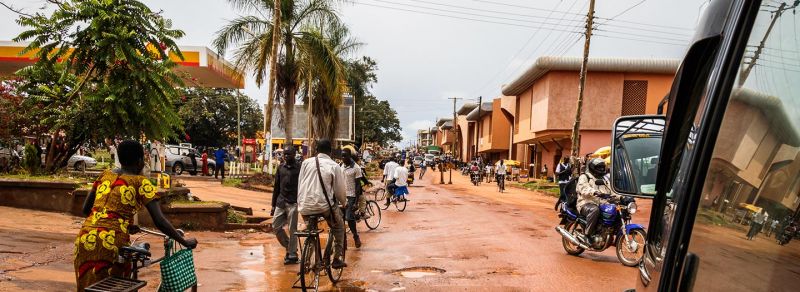
Lira

Moroto

Moyo

Nebbi
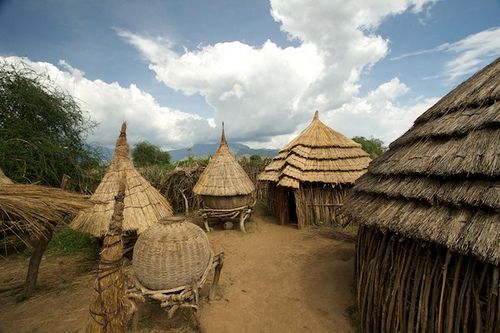
Nakapiripirit
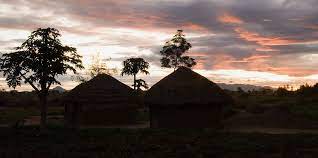
Pader
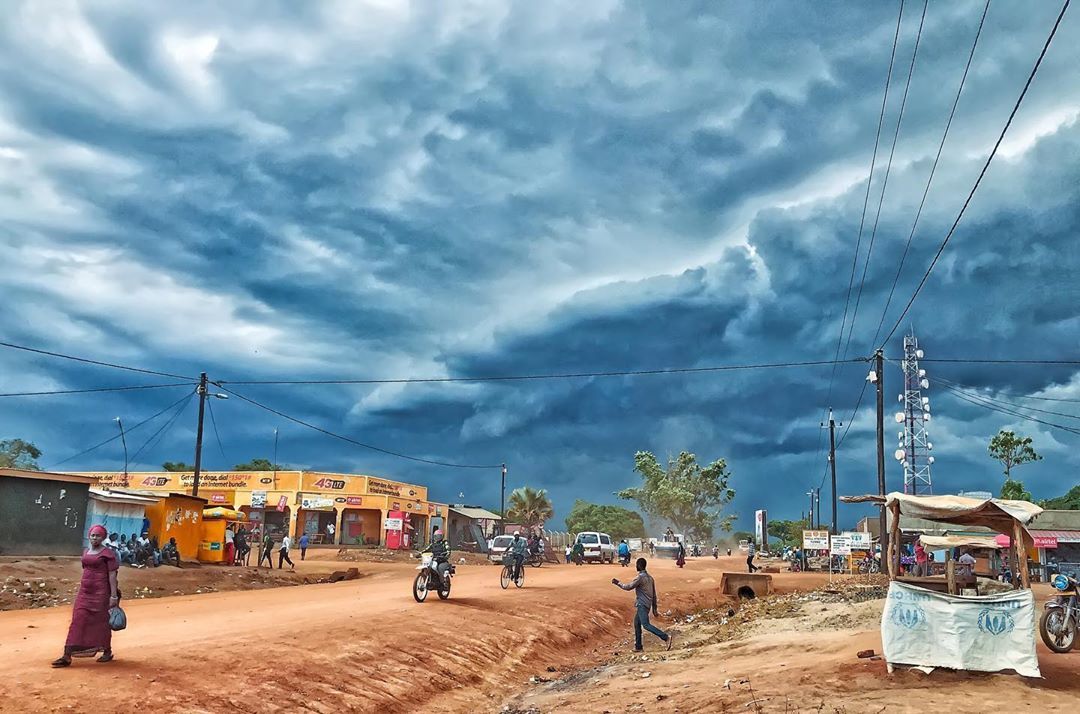
Yumbe

Abim
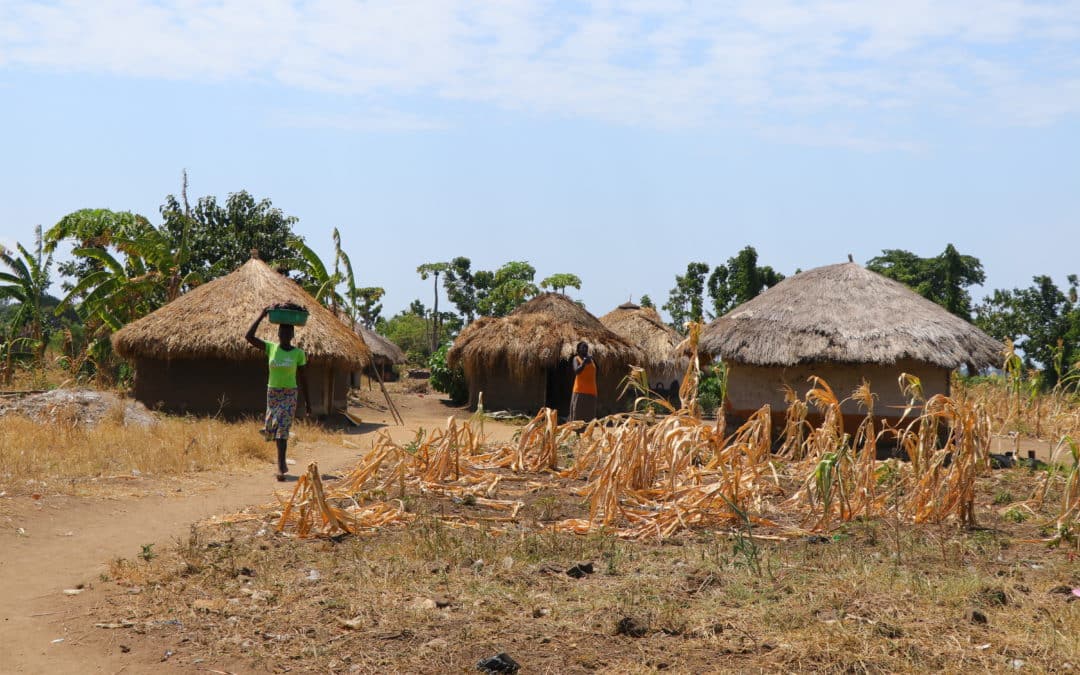
Amolatar

Amuru
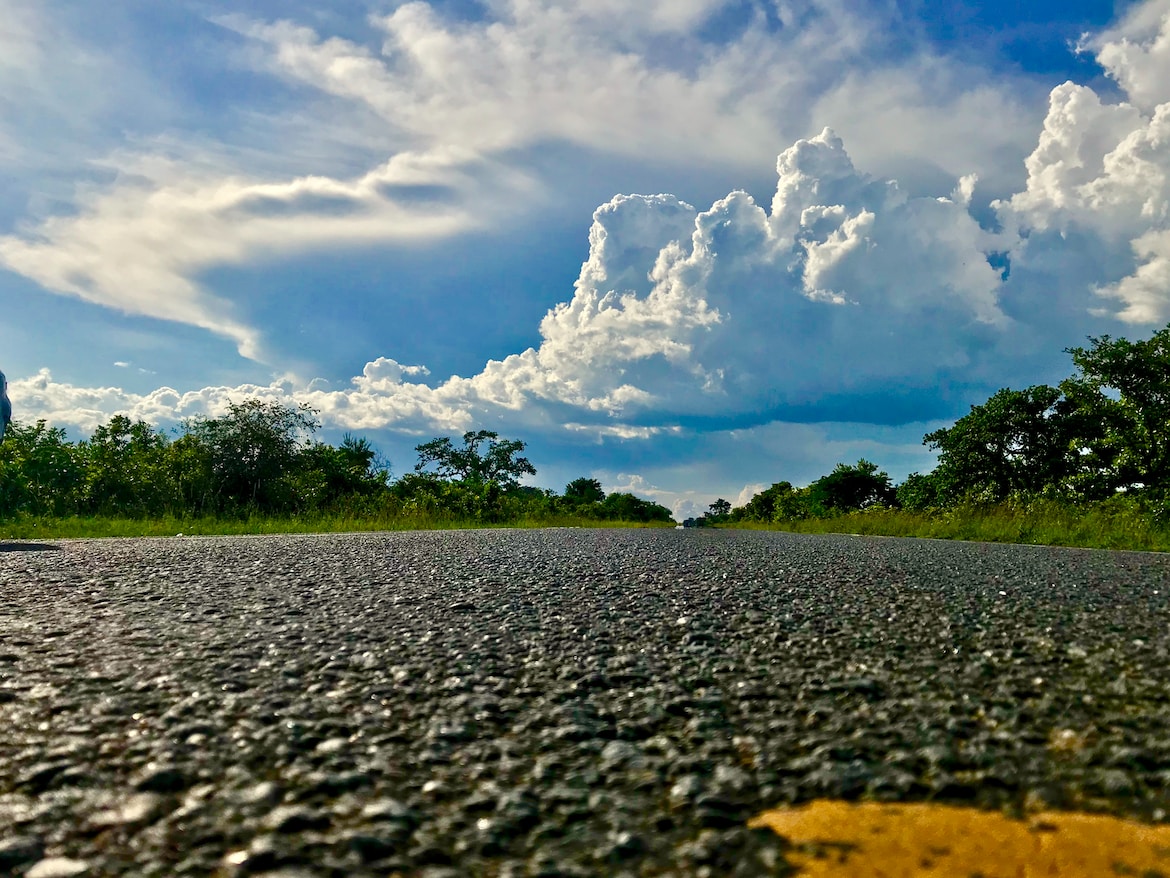
Dokolo
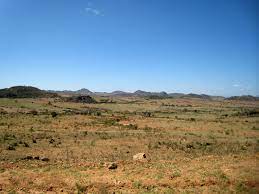
Kaabong

Koboko
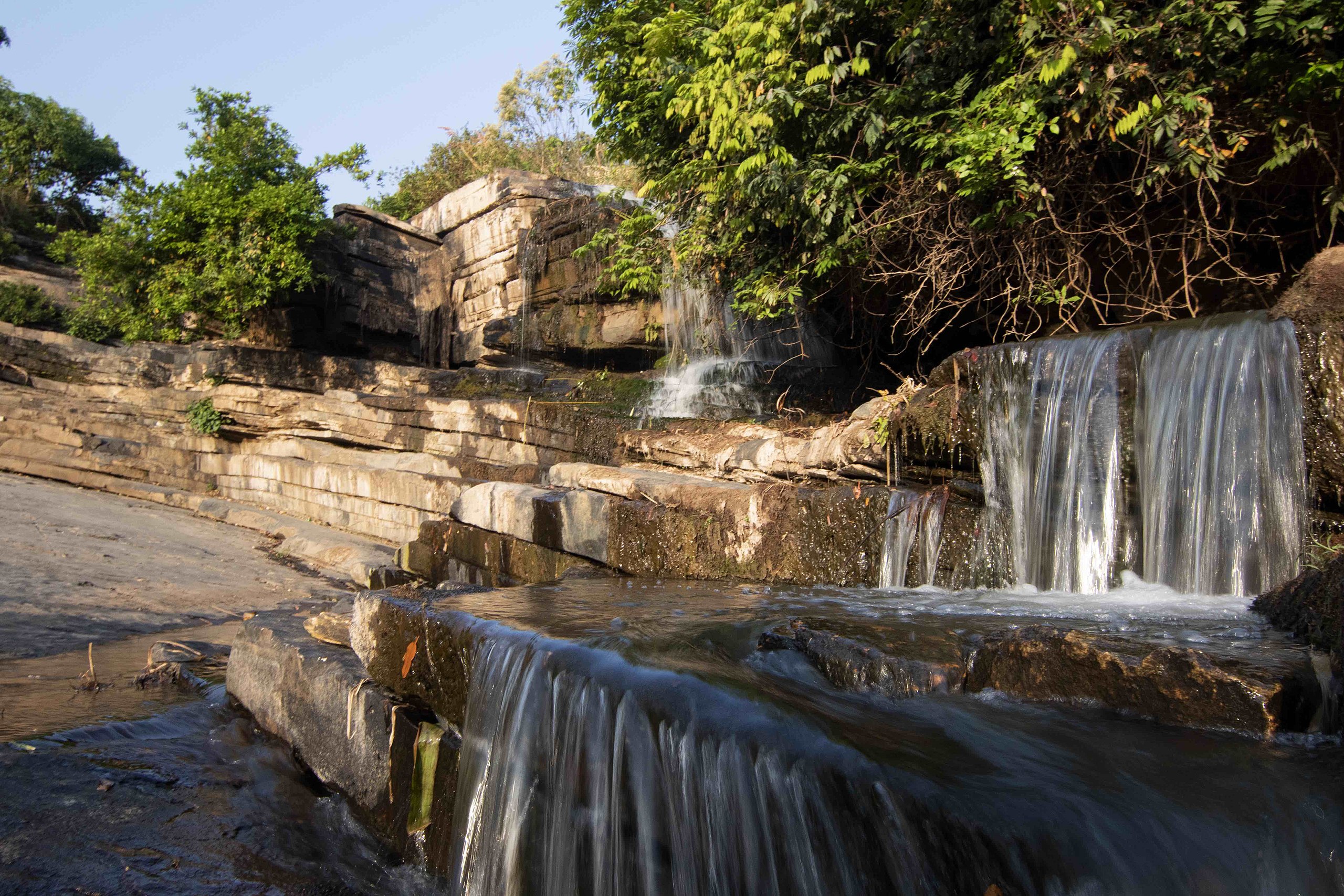
Maracha
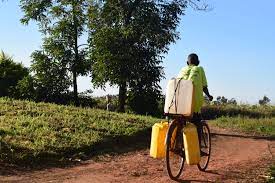
Oyam

Agago

Alebtong
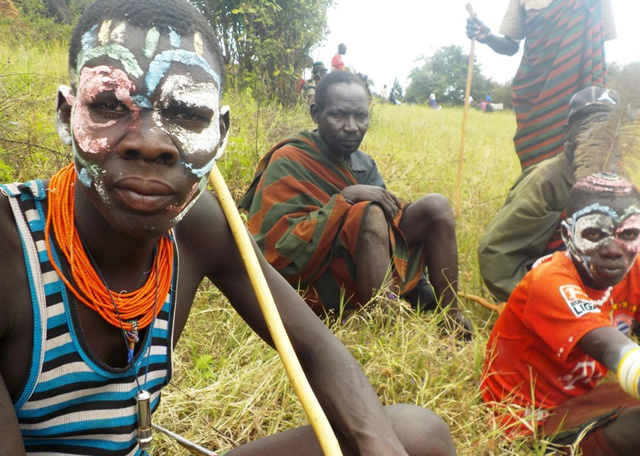
Amudat
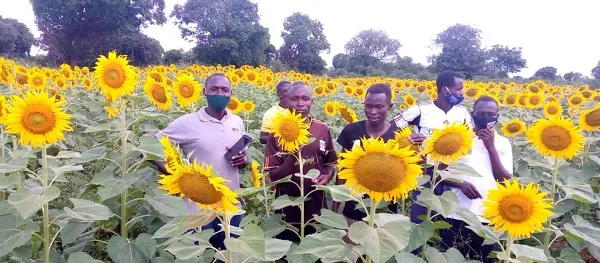
Kole
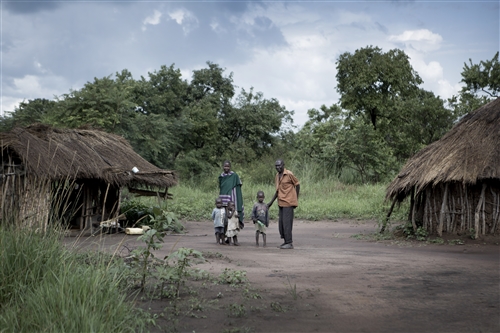
Lamwo

Napak
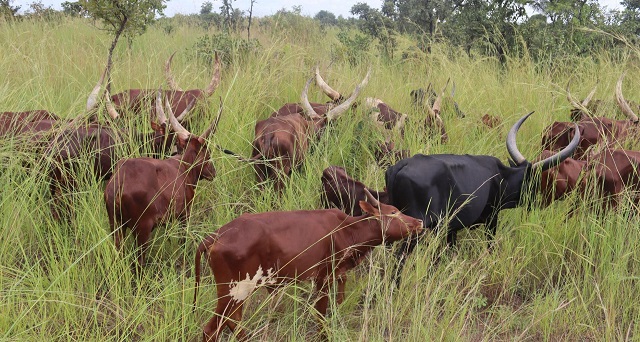
Nwoya

Otuke

Zombo

Omoro

Pakwach
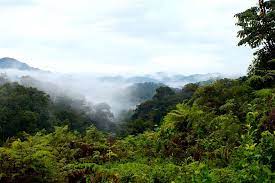
Kwania

Nabilatuk

Karenga
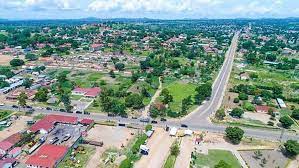
Madi-Okollo
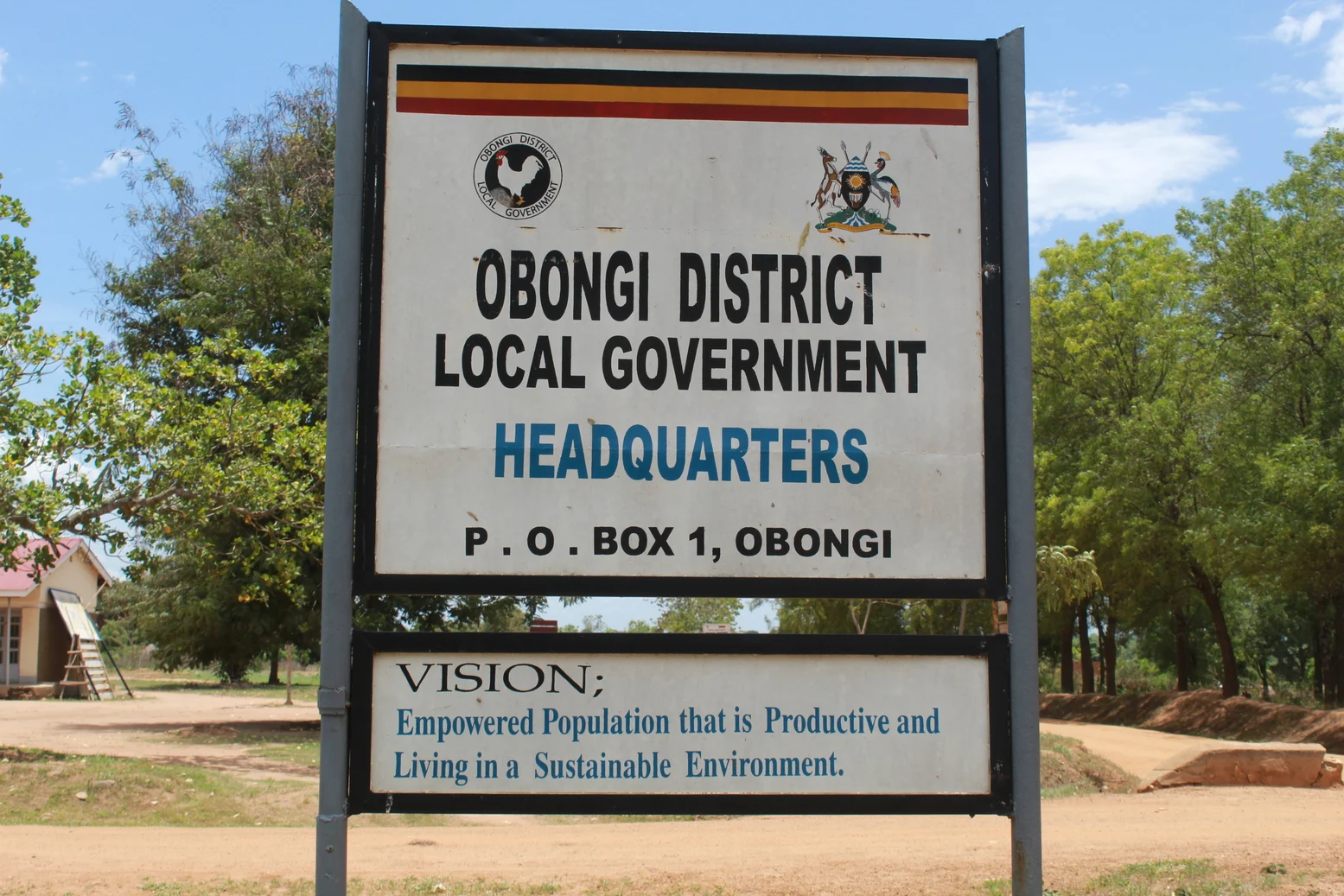
Obongi
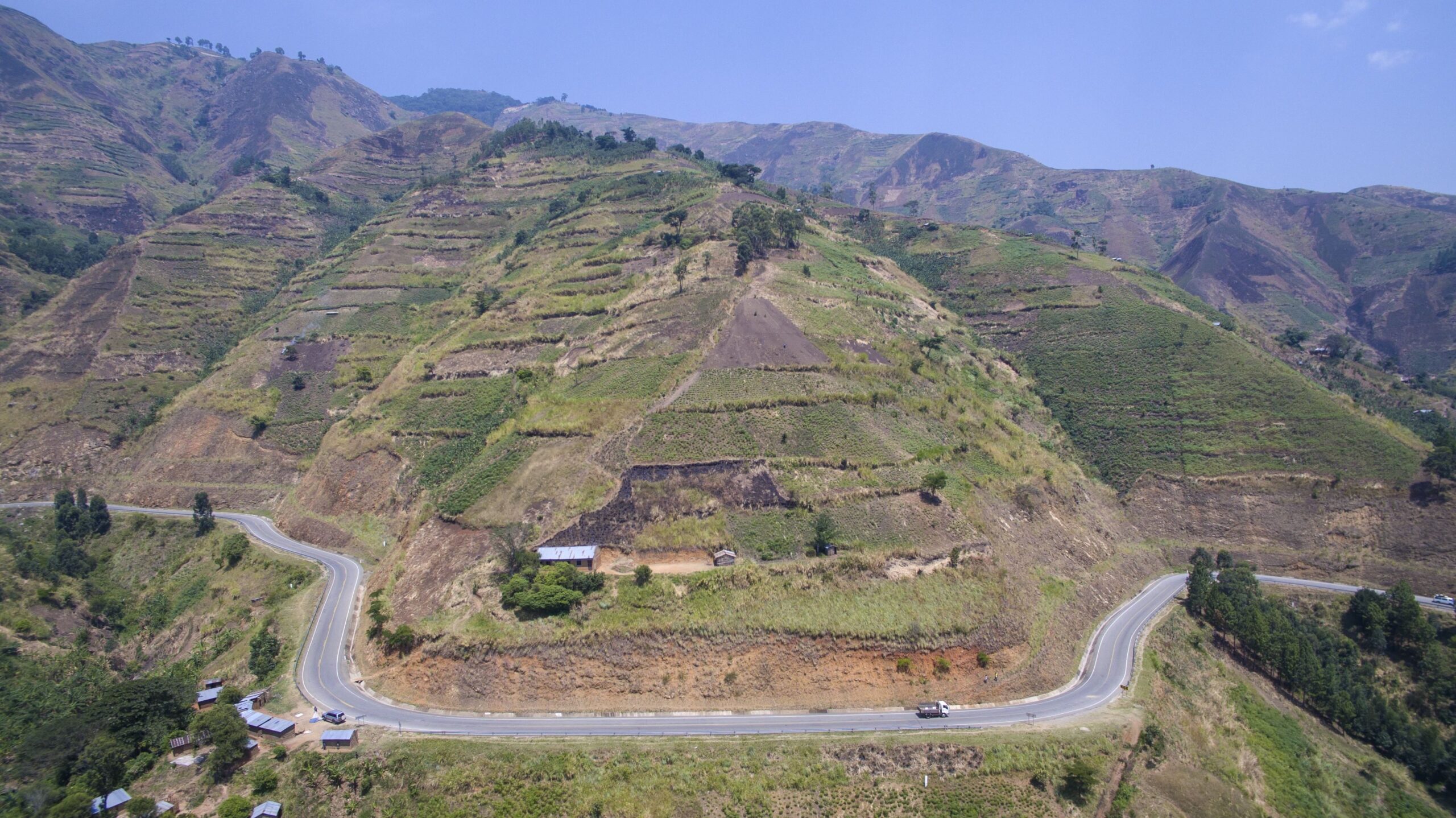
Bundibugyo

Bushenyi
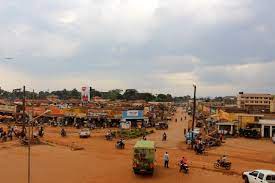
Hoima
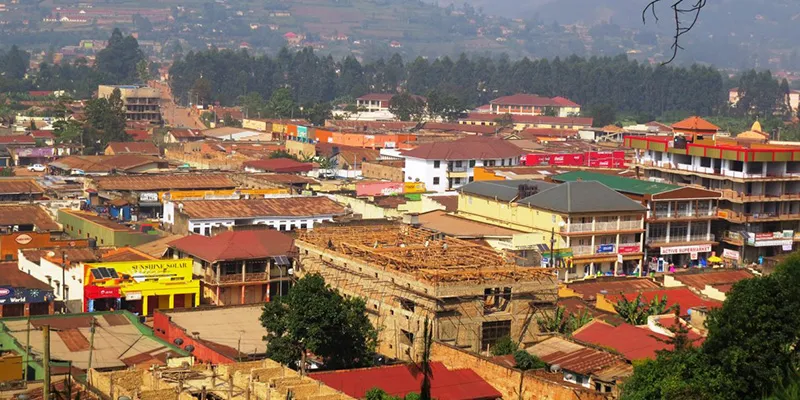
Kabale

Kabarole
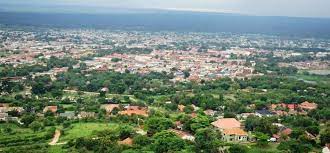
Kasese
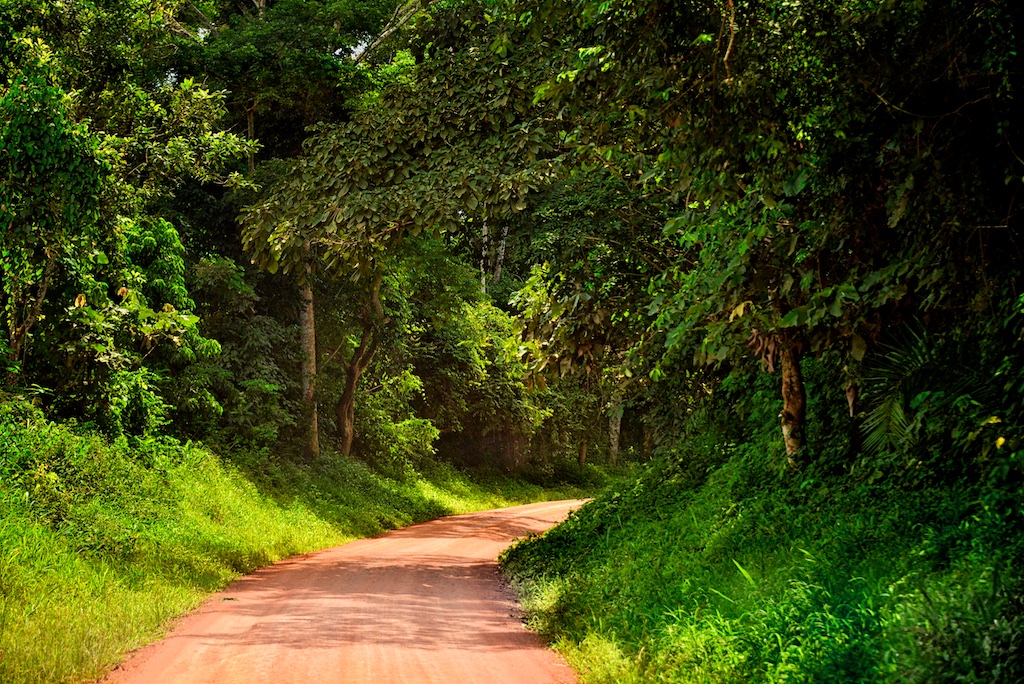
Kibaale

Kisoro
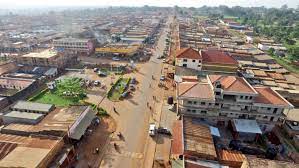
Masindi

Mbarara
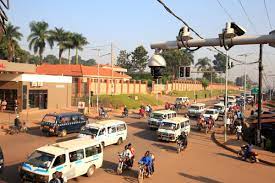
Ntungamo
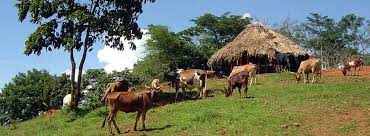
Rukungiri
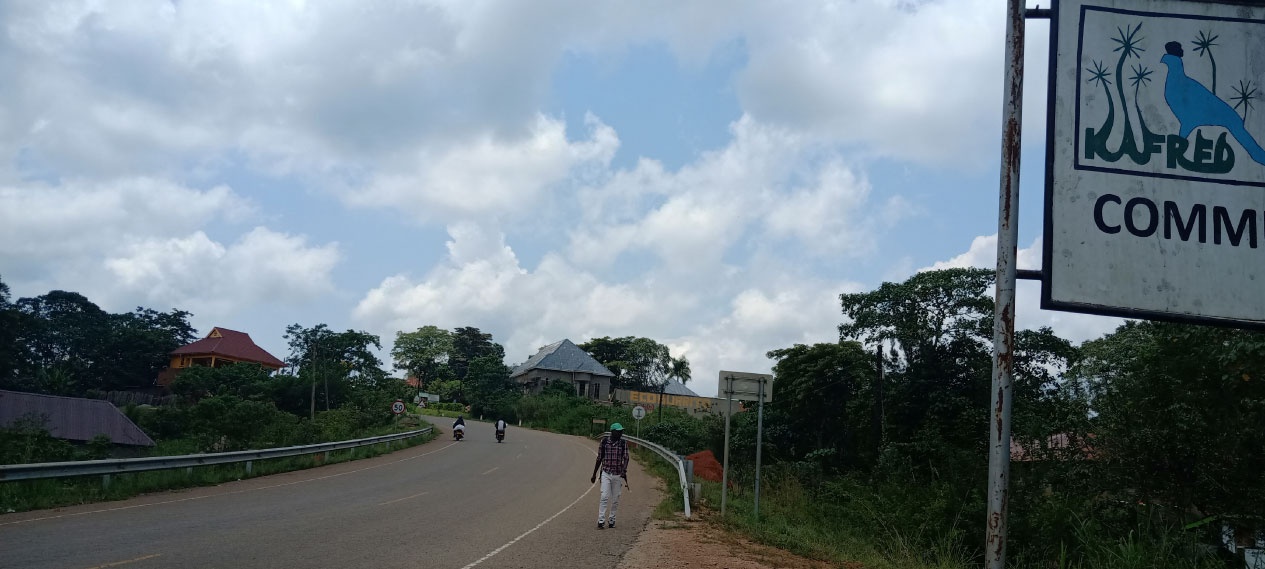
Kamwenge
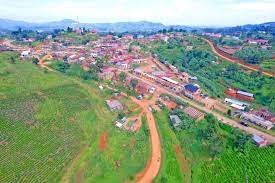
Kanungu

Kyenjojo

Buliisa
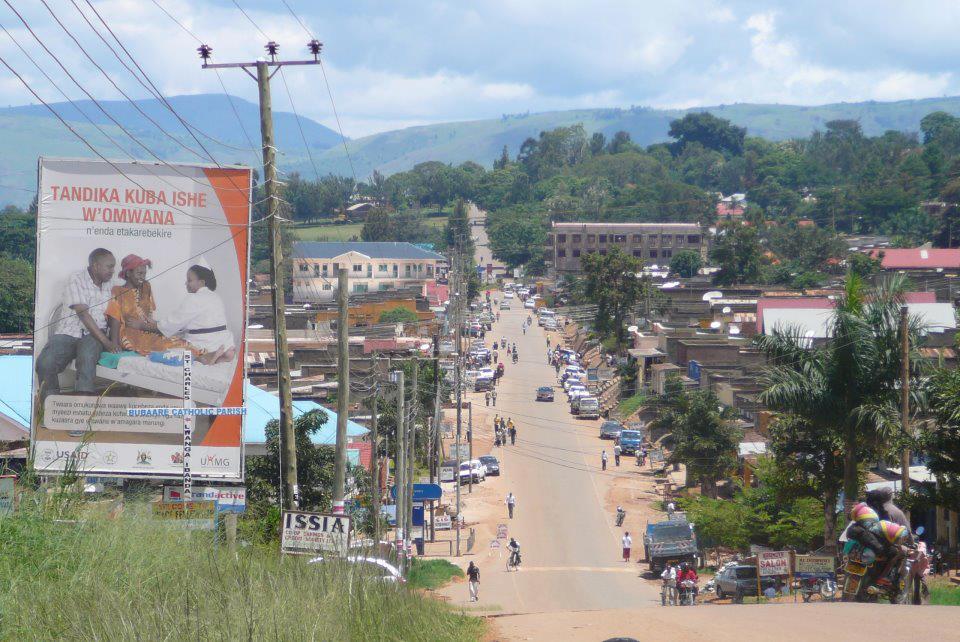
Ibanda

Isingiro
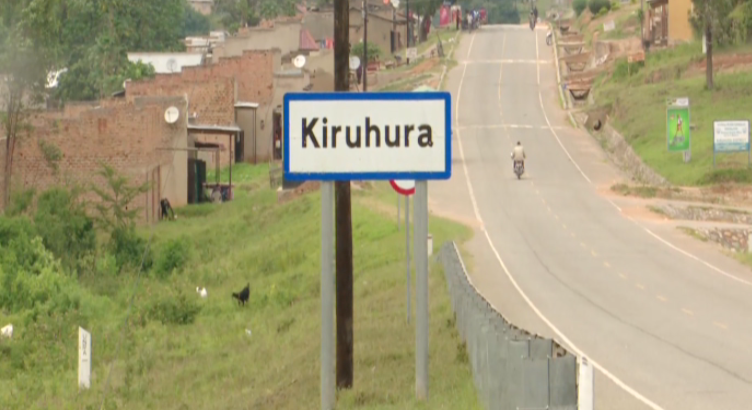
Kiruhura
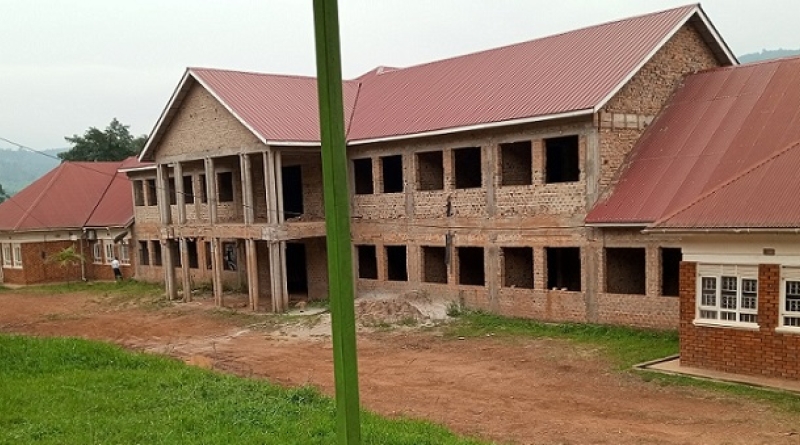
Buhweju
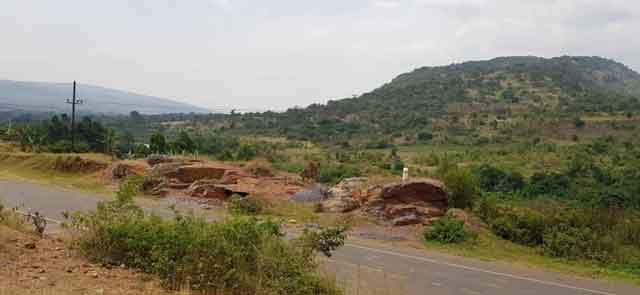
Kiryandongo
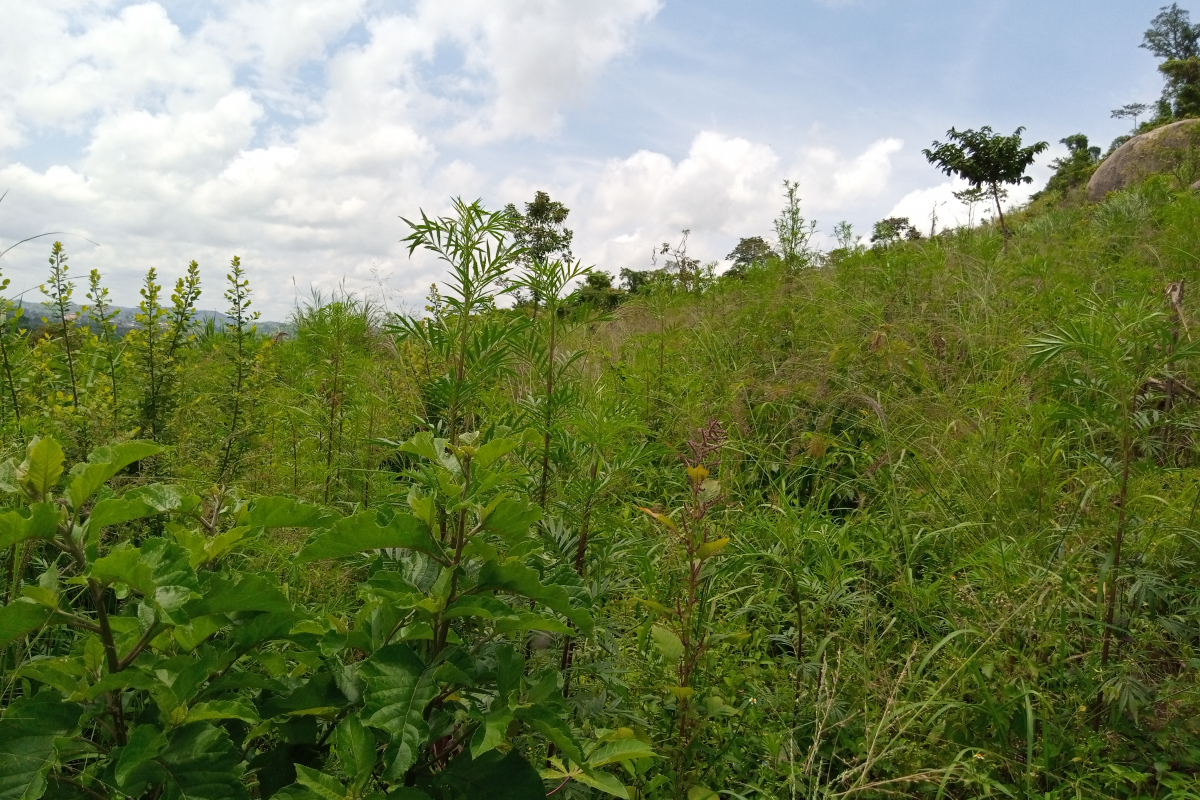
Kyegegwa
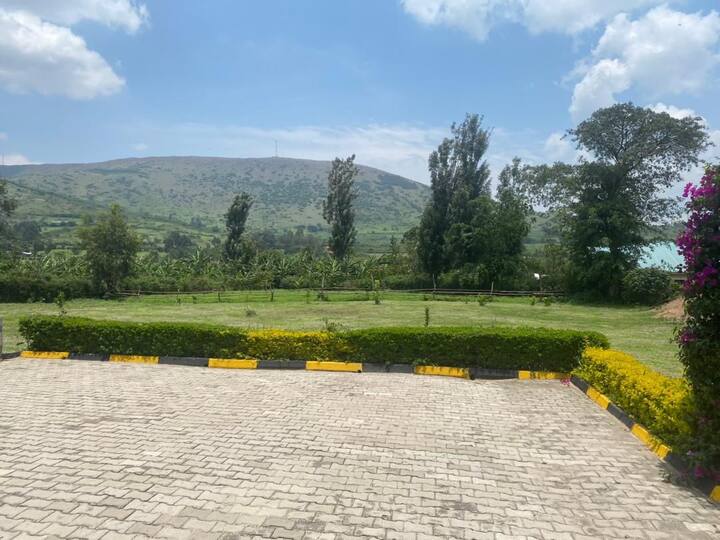
Mitooma
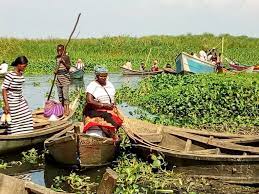
Ntoroko
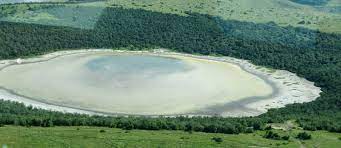
Rubirizi

Sheema
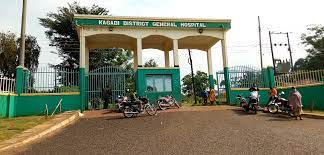
Kagadi
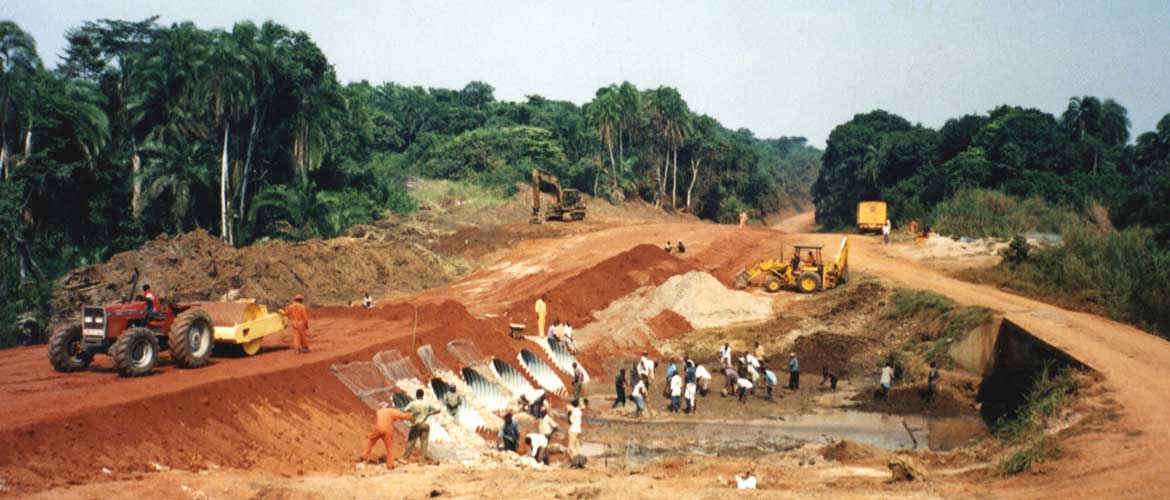
Kakumiro
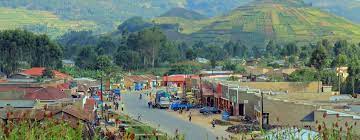
Rubanda
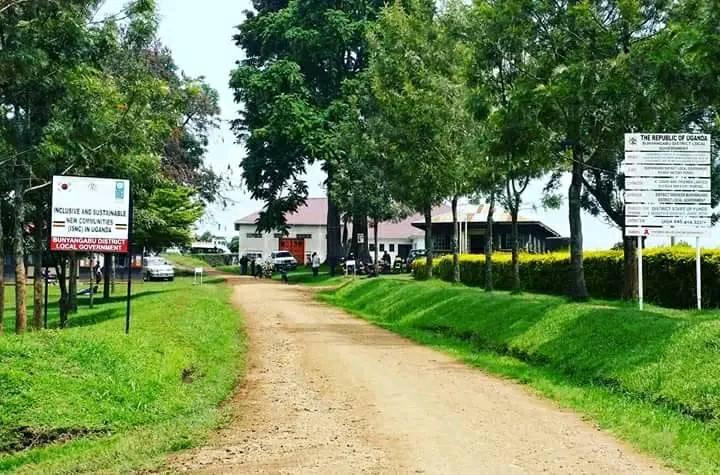
Bunyangabu
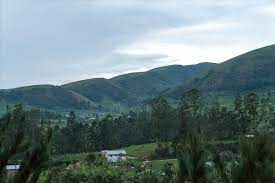
Rukiga

Kikuube
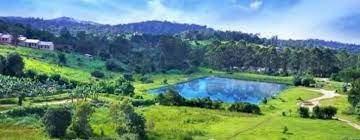
Kazo
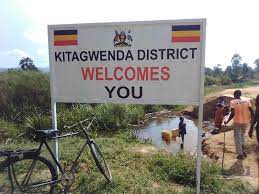
Kitagwenda
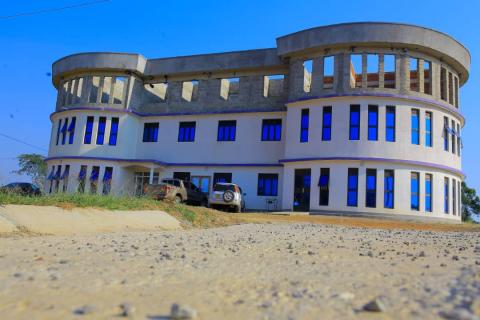
Rwampara
Before you go 🛩
Important information you should know before your trip
Info
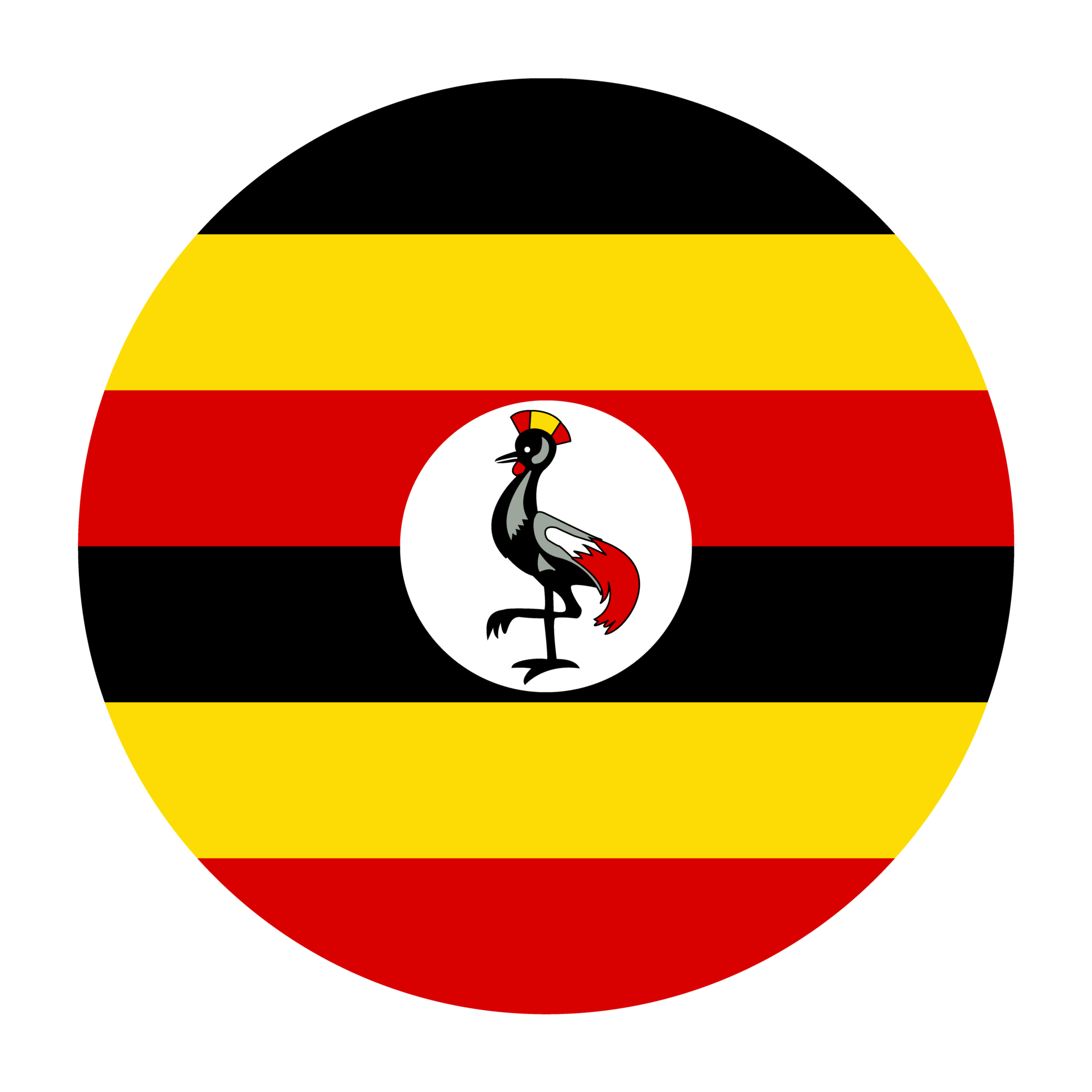
Capital | Kampala
Flag Codes:
ISO alpha-2 UG,
ISO alpha-3 UGA
Currency
Badge | Ugandan Shilling
CODE | UGX
NUMBER | 800
SYMBOL | Sh
FRACTION | penny
Mobile Coverage
Dialing Code | +256
SIM Card
Coverage | 3G / 4G / 5G |
Mobile Networks | Africell Mobile | Airtel Mobile | MTN Mobile | UTL Mobile |
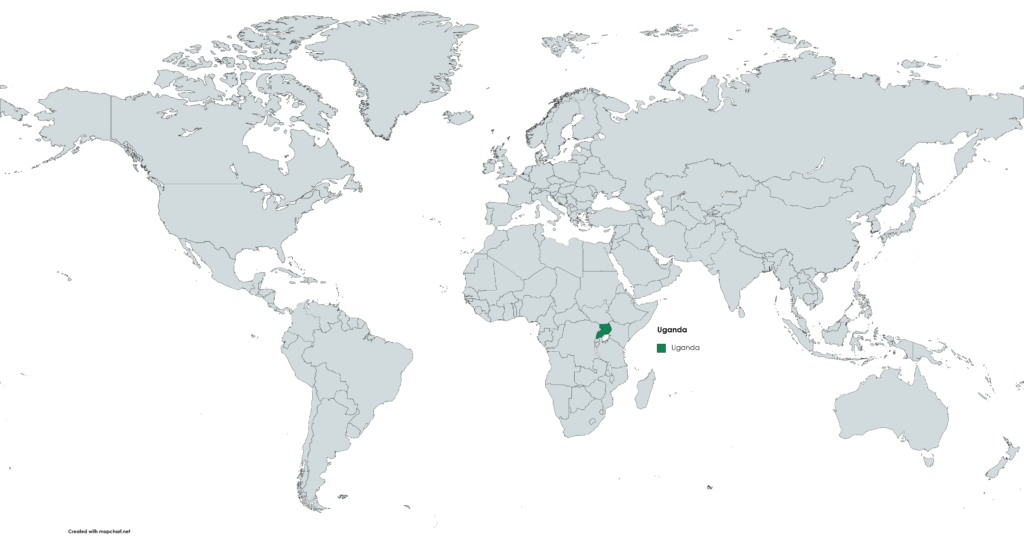
Location
Uganda is a landlocked country located in East Africa. Here are some key details about the location and geography of Uganda:
Geographic Coordinates: Uganda is situated between approximately 1 degree north and 4 degrees south latitude and 30 degrees east and 35 degrees east longitude.
Landlocked: Uganda is a landlocked country, meaning it does not have direct access to the sea. It is surrounded by land on all sides.
Geography: Uganda’s geography is diverse and includes a wide range of landscapes, such as:
The Great Rift Valley, which runs through parts of western and southwestern Uganda.
The Rwenzori Mountains (Mountains of the Moon) on the border with the DRC, which include the highest peak in Uganda, Margherita Peak.
Lake Victoria, the largest lake in Africa and the second-largest freshwater lake in the world, forms part of Uganda’s southern border.
Numerous other lakes, rivers, savannas, forests, and national parks contribute to Uganda’s ecological diversity.
Currency
The official currency of Uganda is the Ugandan Shilling, abbreviated as “UGX.”
It is represented by the symbol “USh.”
The Ugandan Shilling is further subdivided into smaller units called cents, but due to inflation, cent coins are rarely used in daily transactions, and the shilling is often the preferred unit.
Banknotes and coins of various denominations are issued by the Bank of Uganda, the country’s central bank.
The banknotes come in various denominations, including 1,000, 2,000, 5,000, 10,000, 20,000, and 50,000 shillings, among others.
Coins are issued in denominations such as 50, 100, 200, and 500 shillings.
Languages
Uganda is a linguistically diverse country with a variety of languages spoken across different regions. However, the official languages of Uganda are English and Swahili. Here’s a brief overview of these languages and their role in Uganda:
English:
English is the primary official language of Uganda and is used in government, education, business, and the legal system.
It is the language of instruction in schools and is widely spoken and understood, especially in urban areas and among educated Ugandans.
Swahili:
Swahili is another official language of Uganda and is taught in schools as a subject.
While not as widely spoken as English, Swahili is used for communication in some parts of the country, particularly in the northern and eastern regions that border countries where Swahili is more commonly spoken.
Linguistic Diversity:
Uganda is home to numerous indigenous languages, with over 40 different ethnic groups, each speaking its own language or dialect.
Some of the major indigenous languages in Uganda include Luganda, Runyankole-Rukiga, Luo, Ateso, Lugbara, Lusoga, and many others.
Luganda, for example, is widely spoken in the Buganda region and is one of the most prominent indigenous languages.
Multilingualism:
Many Ugandans are multilingual and may speak their local indigenous language(s) along with English and/or Swahili.
The choice of language often depends on the context and the region of the country.
Uganda’s linguistic diversity is a reflection of its rich cultural heritage, with each ethnic group contributing to the country’s cultural tapestry through its language, traditions, and customs. English and Swahili serve as unifying languages that facilitate communication among people from different linguistic backgrounds.
Climate 🌡
Uganda has a diverse climate due to its varied geography, including lowland savannas, highlands, and large bodies of water like Lake Victoria. The country’s equatorial location near the equator also influences its climate. Generally, Uganda has two main seasons: a wet season and a dry season. Here’s an overview of Uganda’s climate:
Wet Season (Rainy Season):
The wet season in Uganda typically occurs from March to May and again from September to November.
During this time, Uganda experiences heavy rainfall, particularly in the central and western regions, including the capital city, Kampala.
Rainfall is less intense in the northern and eastern regions.
Dry Season:
The dry season generally occurs from December to February and from June to August.
During this period, rainfall is significantly reduced, and many parts of the country experience drier and more stable weather conditions.
The dry season is an excellent time for safaris and outdoor activities because wildlife is easier to spot near water sources.
Temperature:
Uganda’s temperatures are relatively mild throughout the year due to its proximity to the equator.
In most areas, including Kampala, daytime temperatures range from the mid-20s to low 30s degrees Celsius (mid-70s to low 90s degrees Fahrenheit).
Higher-altitude areas, such as the southwestern region, tend to be cooler, with temperatures dropping at night.
Altitude Variations:
Uganda’s climate also varies with altitude. Higher-altitude areas in the southwestern part of the country, including places near the Rwenzori Mountains, are cooler and experience more rainfall.
In contrast, lower-altitude regions, like the northeastern plains, tend to be hotter and drier.
Lake Victoria Influence:
Lake Victoria, one of the world’s largest freshwater lakes, has a moderating effect on the climate of areas around its shores.
Areas near Lake Victoria, such as Entebbe and Jinja, often have milder temperatures and more consistent rainfall.
Eastern and Northern Regions:
The eastern and northern regions of Uganda, bordering Kenya, Sudan (South Sudan after its independence), and the eastern part of the Democratic Republic of the Congo (DRC), tend to be drier, with a semi-arid climate in some areas.
Uganda travel tips
If you’re planning a trip to Uganda, here are some travel tips to enhance your experience:
Visa Requirements:
Check visa requirements before traveling to Uganda. Obtain necessary permits for activities like gorilla trekking.
Health Precautions:
Get vaccinations and take malaria prophylaxis. Carry a basic medical kit and drink bottled water.
Local Etiquette:
Respect local customs, traditions, and dress modestly. Ask permission before photographing individuals.
Wildlife Safaris:
Experience thrilling wildlife safaris in parks like Bwindi Impenetrable Forest and Queen Elizabeth National Park. Follow park regulations.
Transportation:
Matatus and boda-bodas (motorcycle taxis) are common. Use reputable transport services, and negotiate fares in advance. View Guide.
National Parks:
Discover diverse ecosystems in national parks. Observe wildlife responsibly and contribute to conservation efforts.
Cultural Sensitivity:
Respect local customs and seek permission before taking photographs. Avoid public displays of affection.
Enjoy your time in Uganda!

The best of the best
Ugandan cuisine reflects the country’s diverse culture and regional variations in agriculture.

Posho
Posho, also known as “ugali” in other East African countries, is a starchy staple made from maize (corn) flour and water.
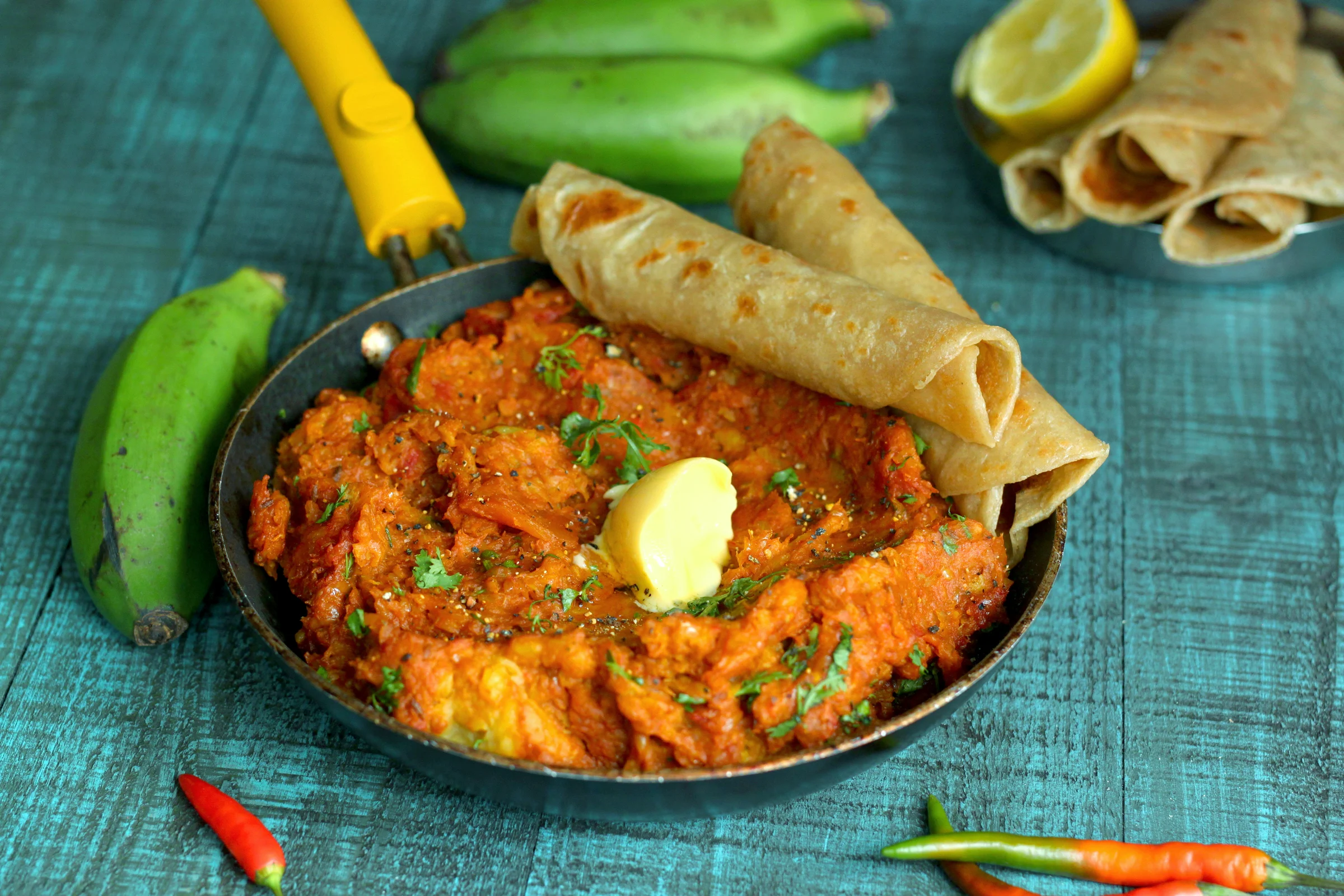
Matooke
Matooke is a popular dish made from green bananas or plantains. The bananas are peeled, boiled, and mashed, similar to a savory banana puree.

Rolex
A “Rolex” is a popular street food in Uganda. It’s a rolled chapati filled with eggs, vegetables (usually cabbage and tomatoes), and sometimes meat or groundnuts. It’s a convenient and tasty snack.
Here are some typical foods and dishes you might find in Uganda:
Luwombo: Luwombo is a traditional Ugandan dish made by stewing meat (often chicken, beef, or goat) or vegetables in a rich peanut sauce. It is slow-cooked with various seasonings and served with rice or posho.
Nyama Choma: Nyama choma is a popular grilled meat dish, often made with beef, goat, or chicken. The meat is marinated with spices and grilled to perfection. It is typically served with vegetables and a spicy sauce.
Chapati: Chapati is a type of flatbread made from wheat flour. It’s a versatile side dish and can be eaten with various stews, curries, or as a wrap with fillings.
Sukuma Wiki: Sukuma wiki is a popular vegetable dish made from collard greens or kale. The greens are sautéed with onions, tomatoes, and spices, creating a flavorful side dish.
Mandazi: Mandazi is a deep-fried doughnut-like snack, often flavored with coconut milk and cardamom. It’s a popular street food and snack.
Nsenene: Nsenene are edible grasshoppers that are a seasonal delicacy in Uganda. They are usually fried and seasoned for a crispy snack.
Ugandan cuisine is known for its use of fresh and locally sourced ingredients. The dishes are often hearty and flavorful, reflecting the country’s rich cultural diversity and agricultural abundance.
Transportation 🚥
More information about this country
Choose your destination 📍🗺
Useful Links ✅



